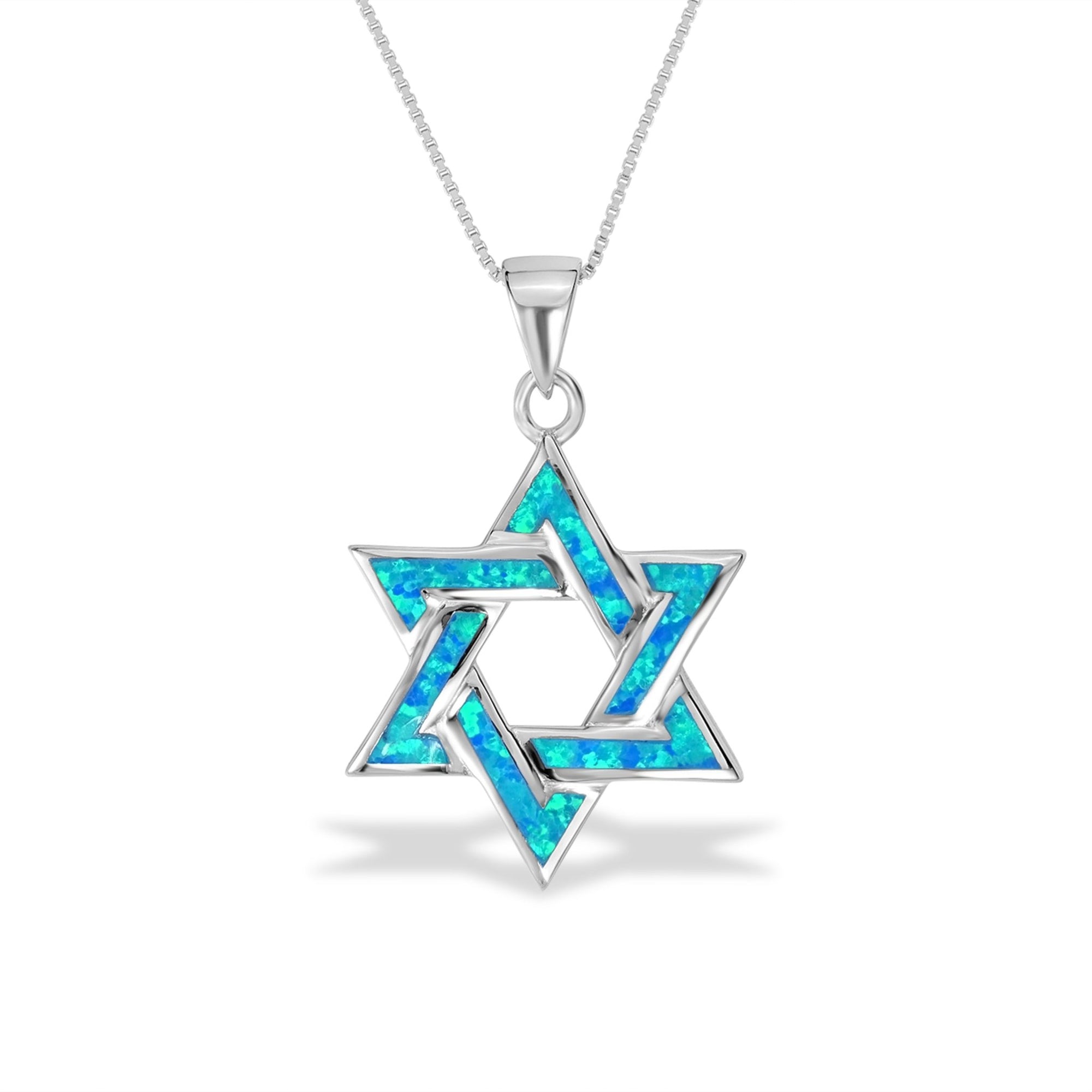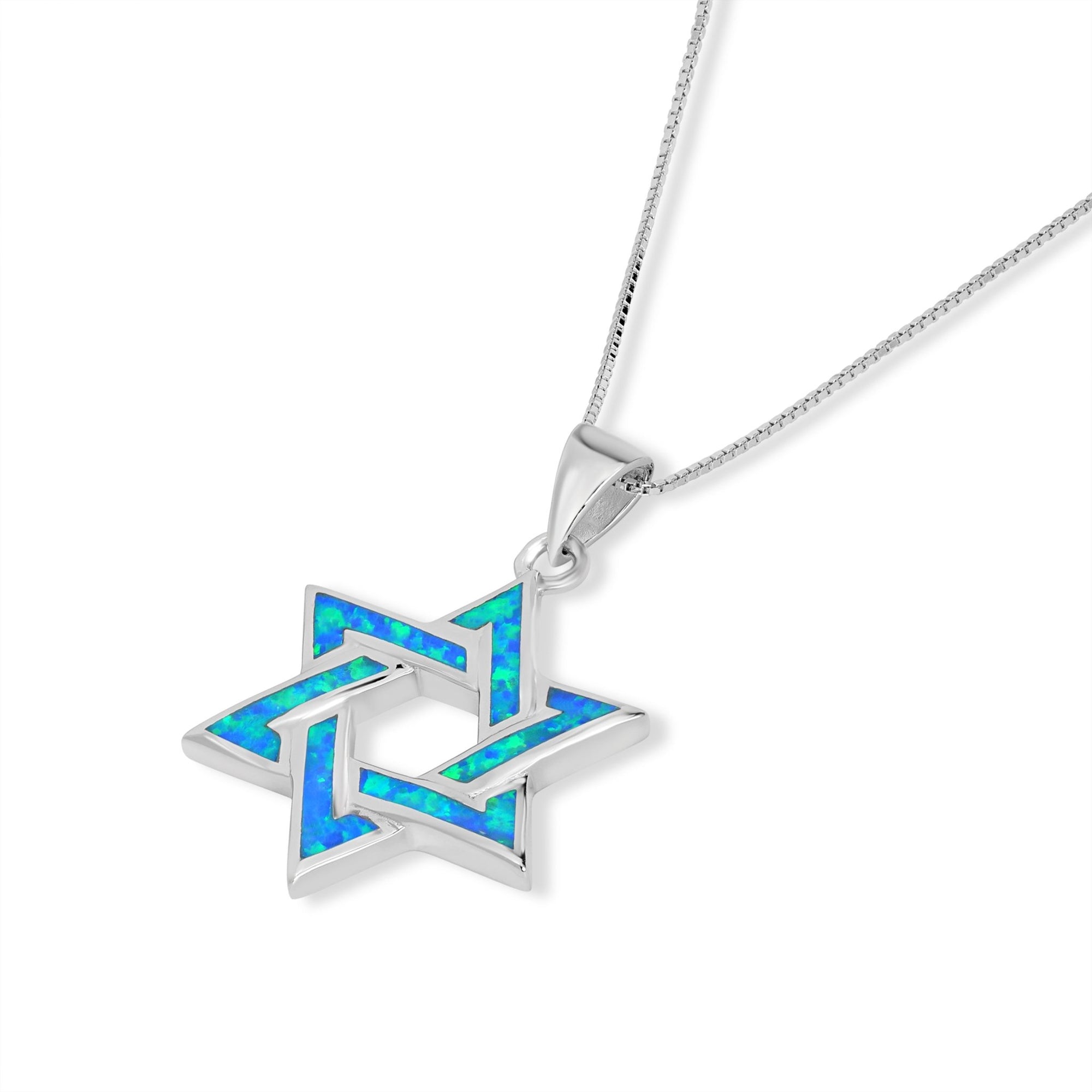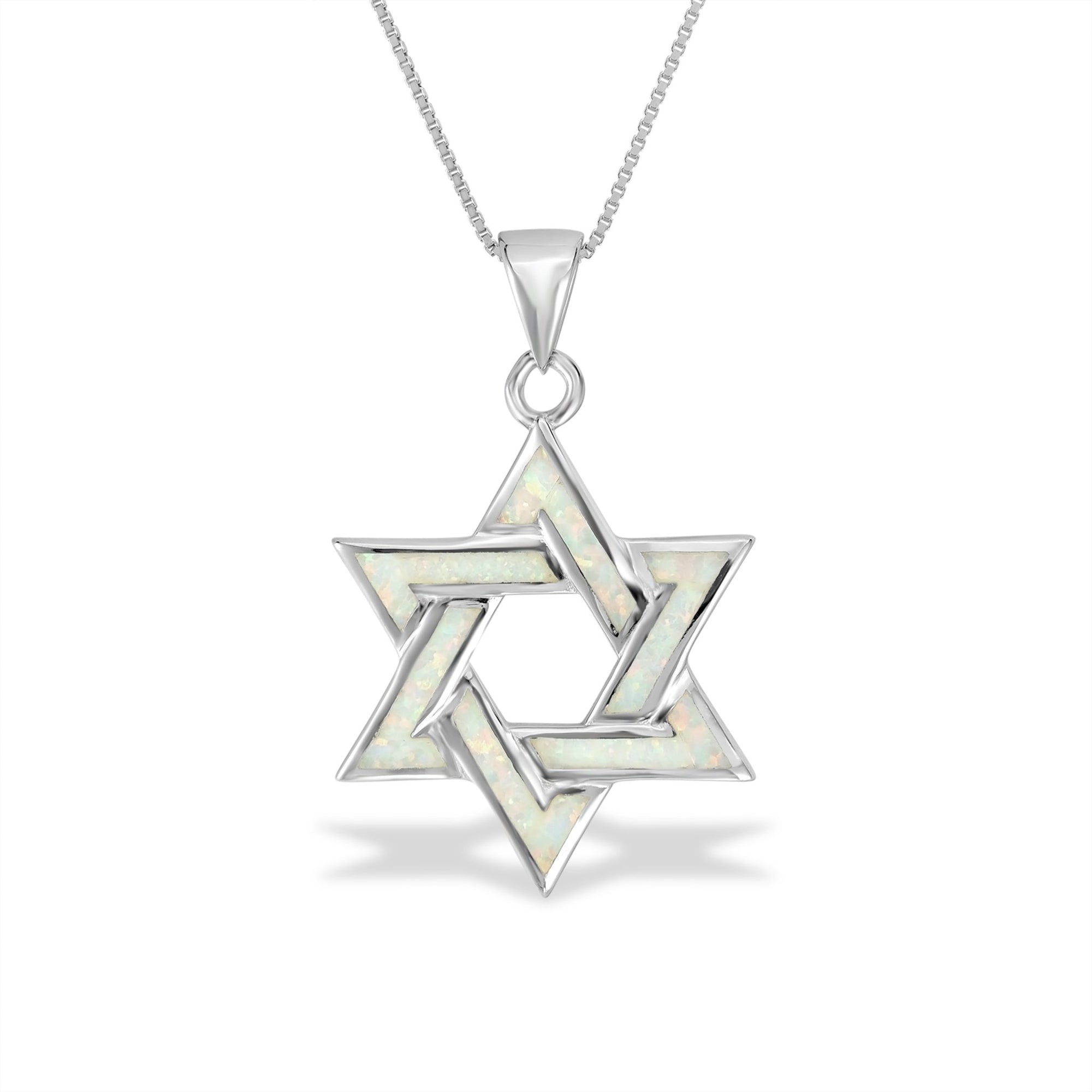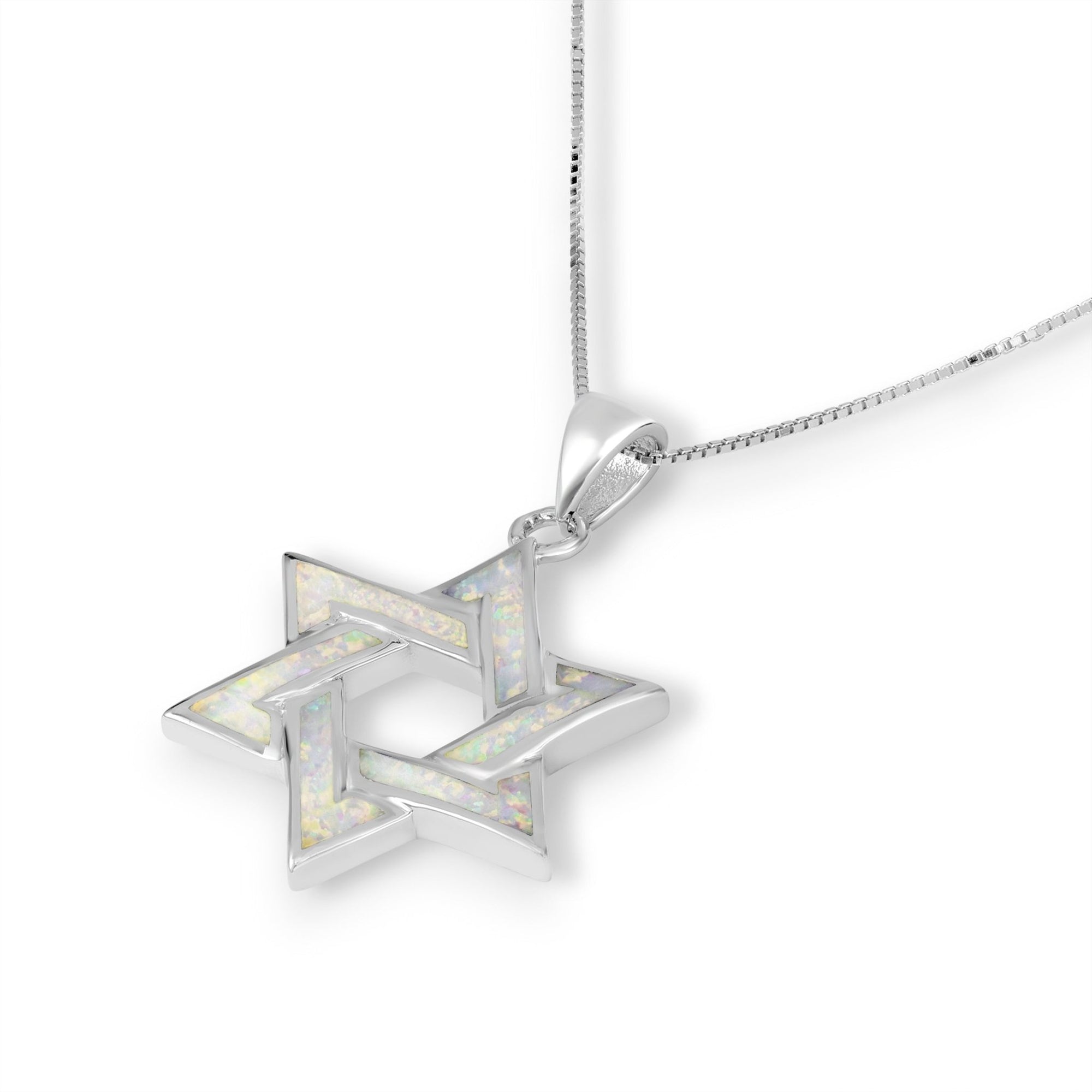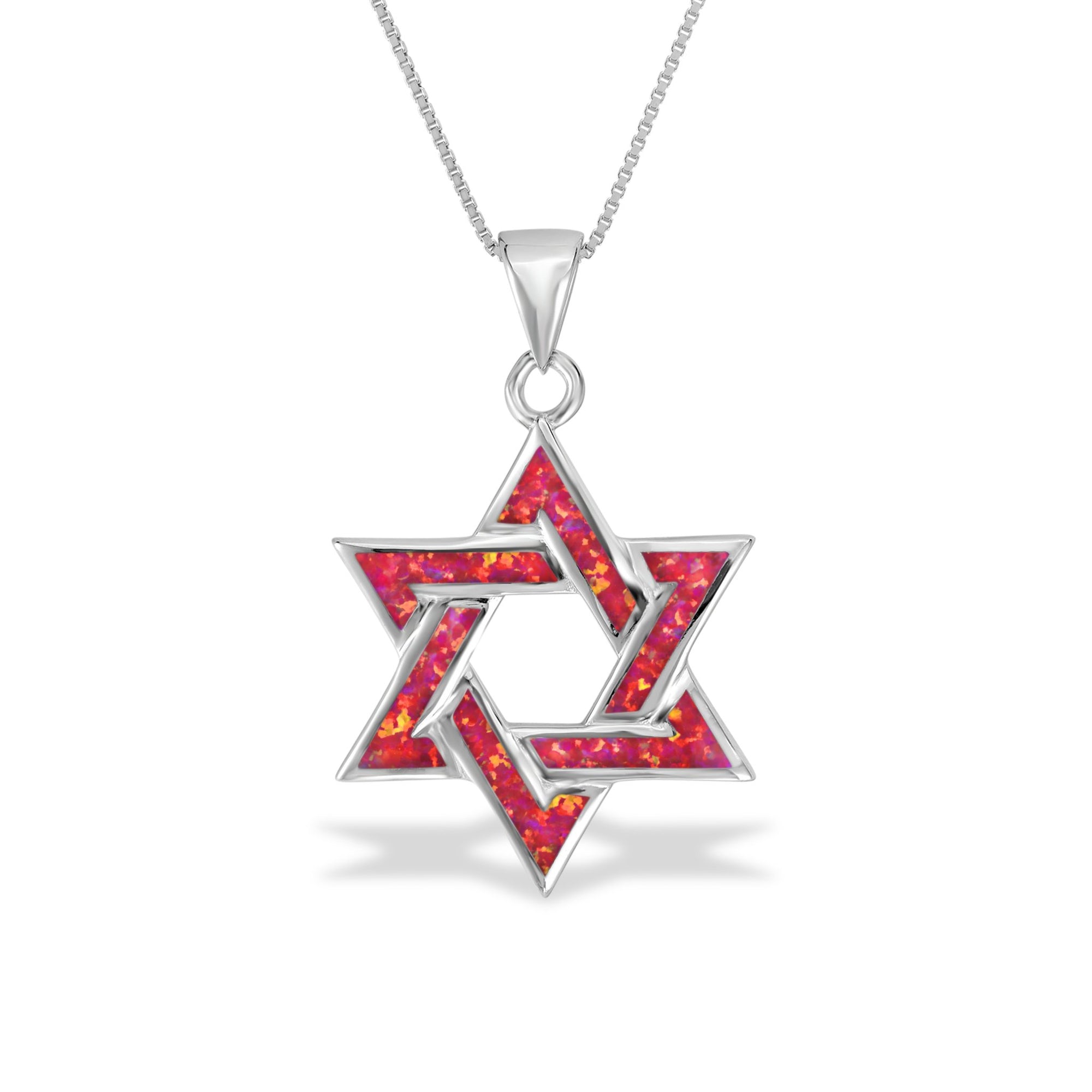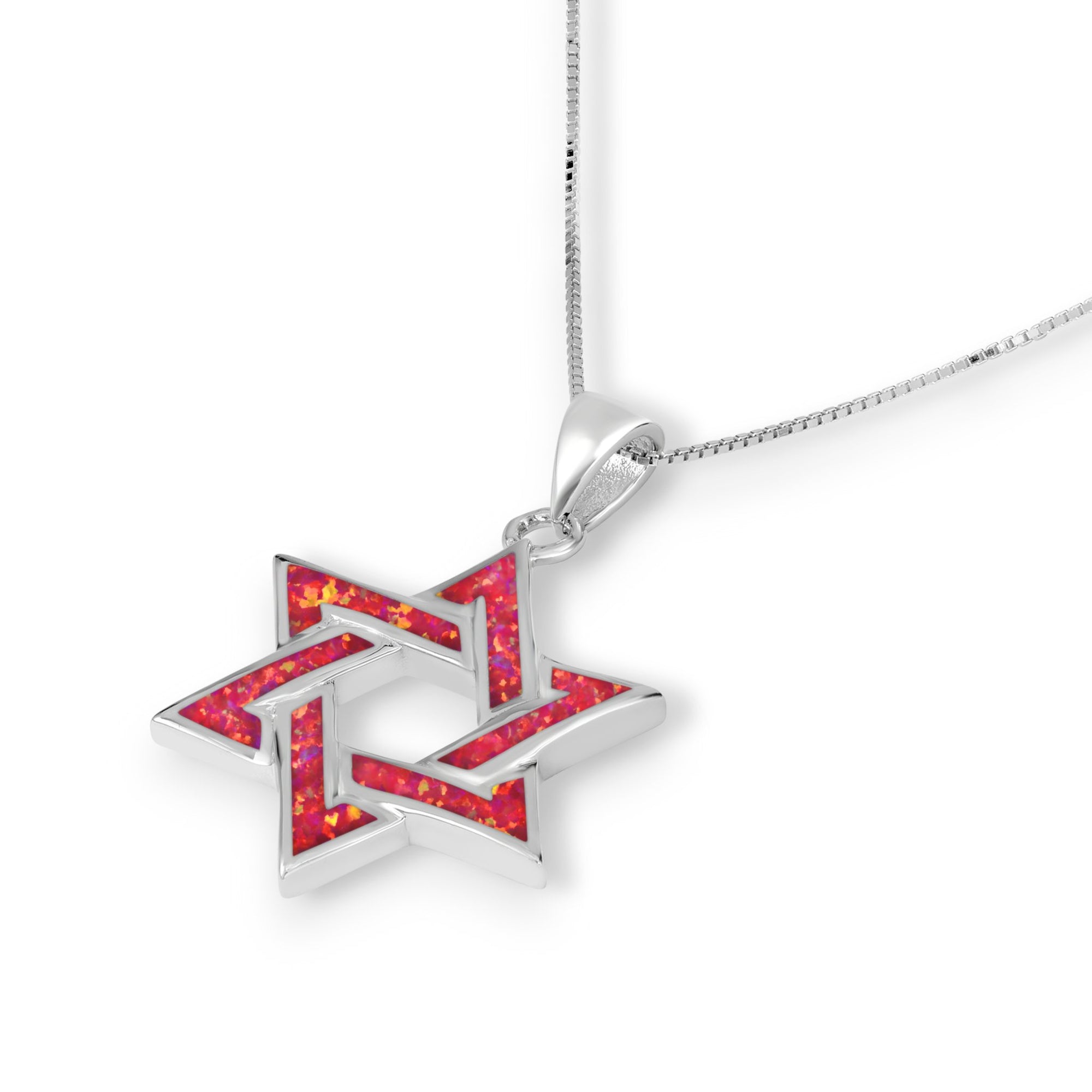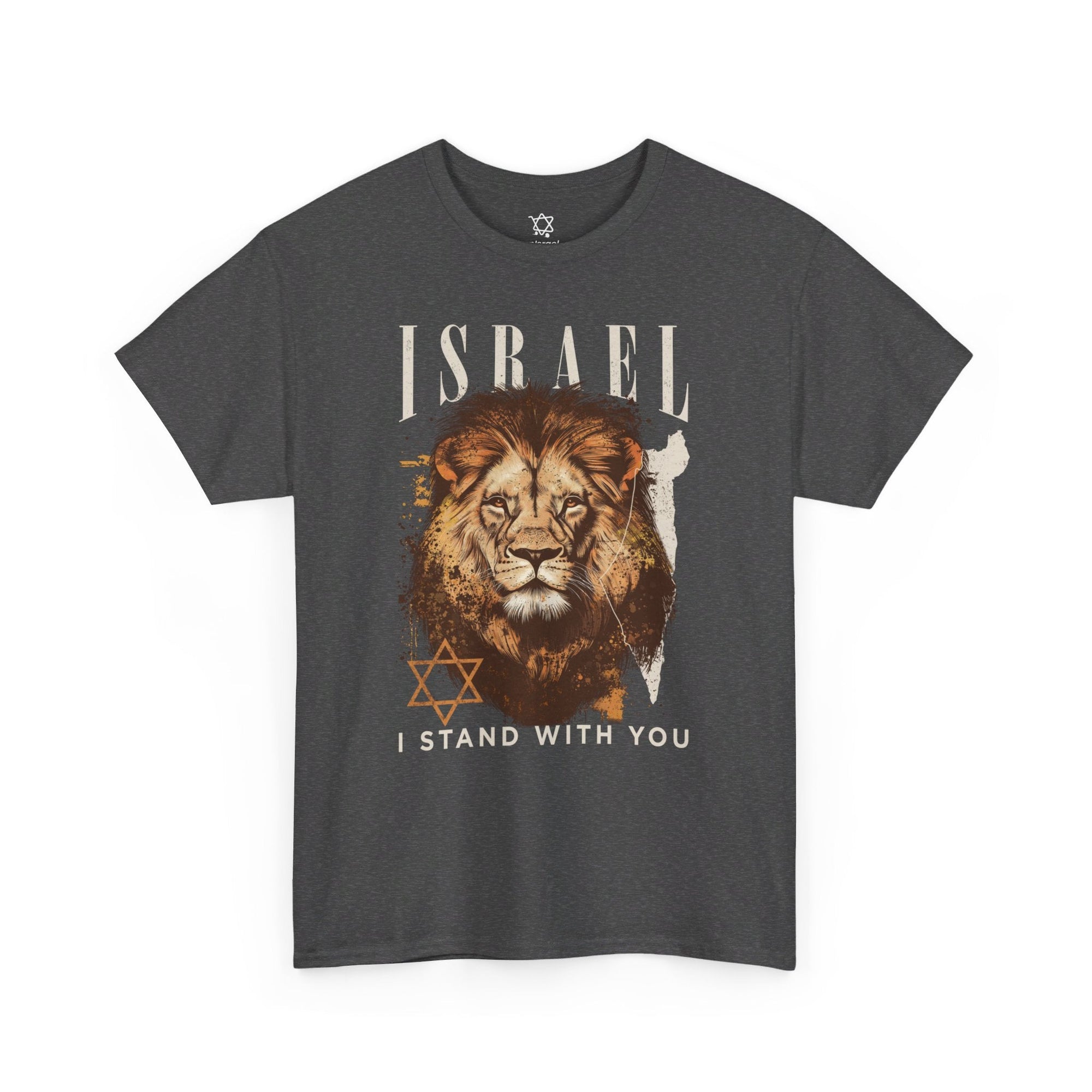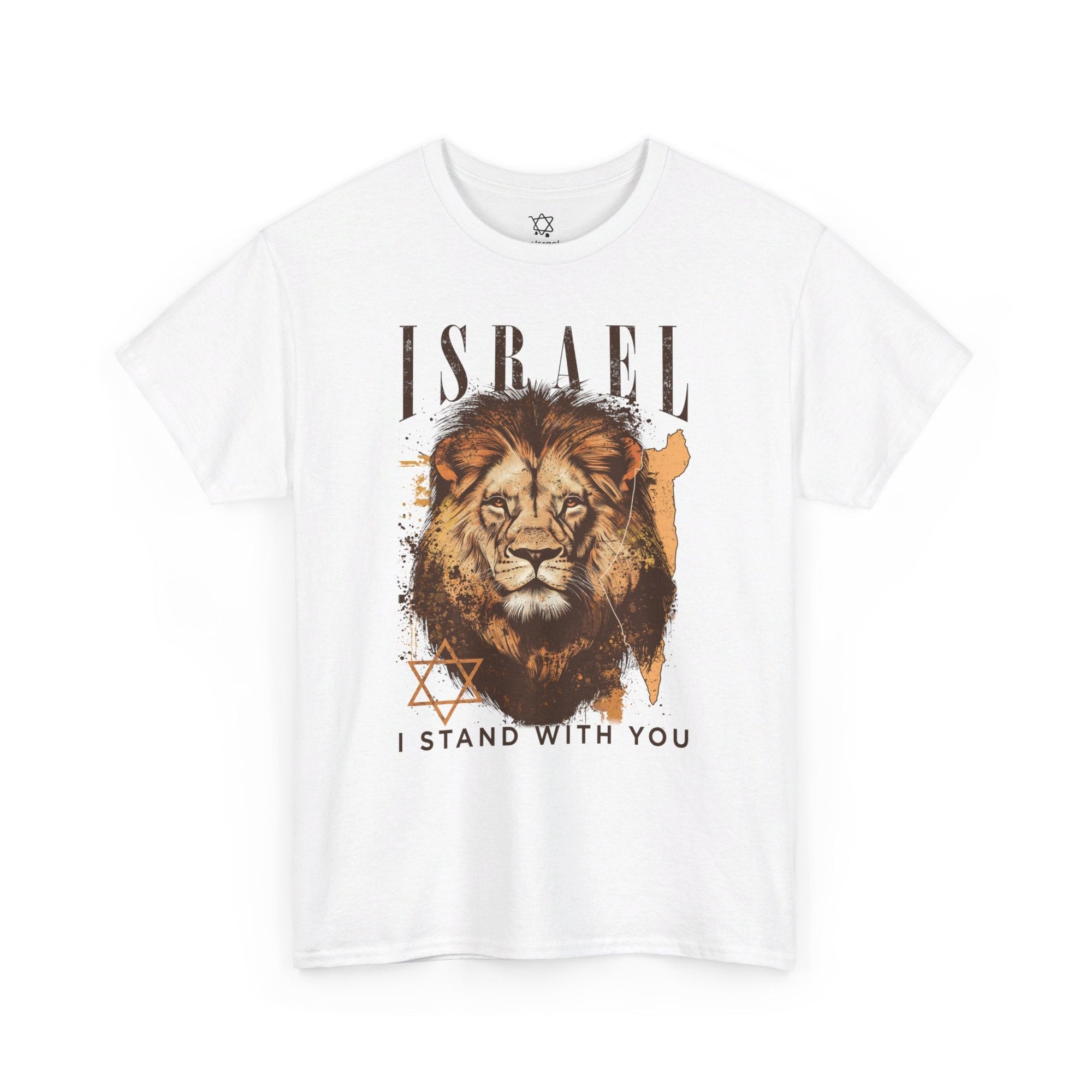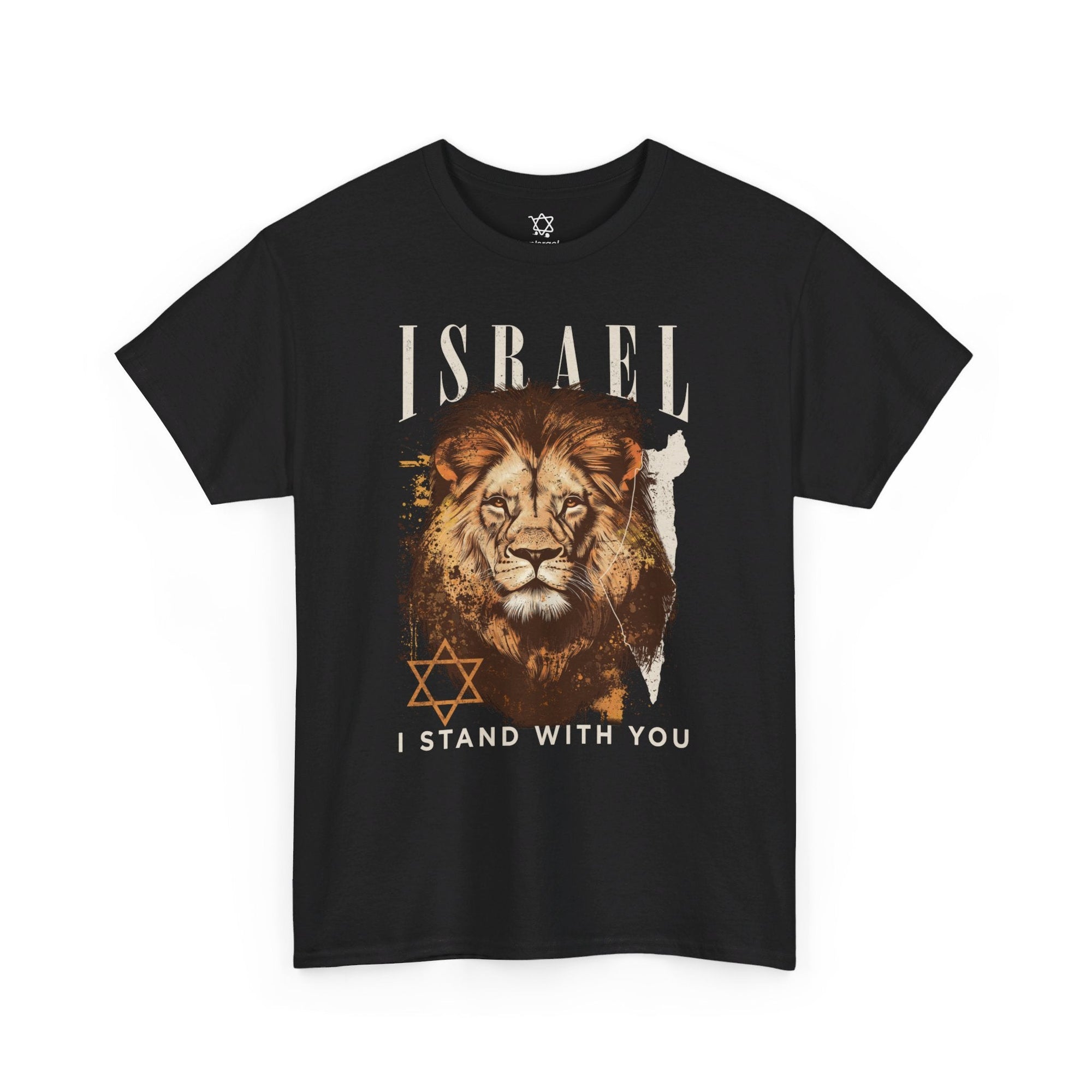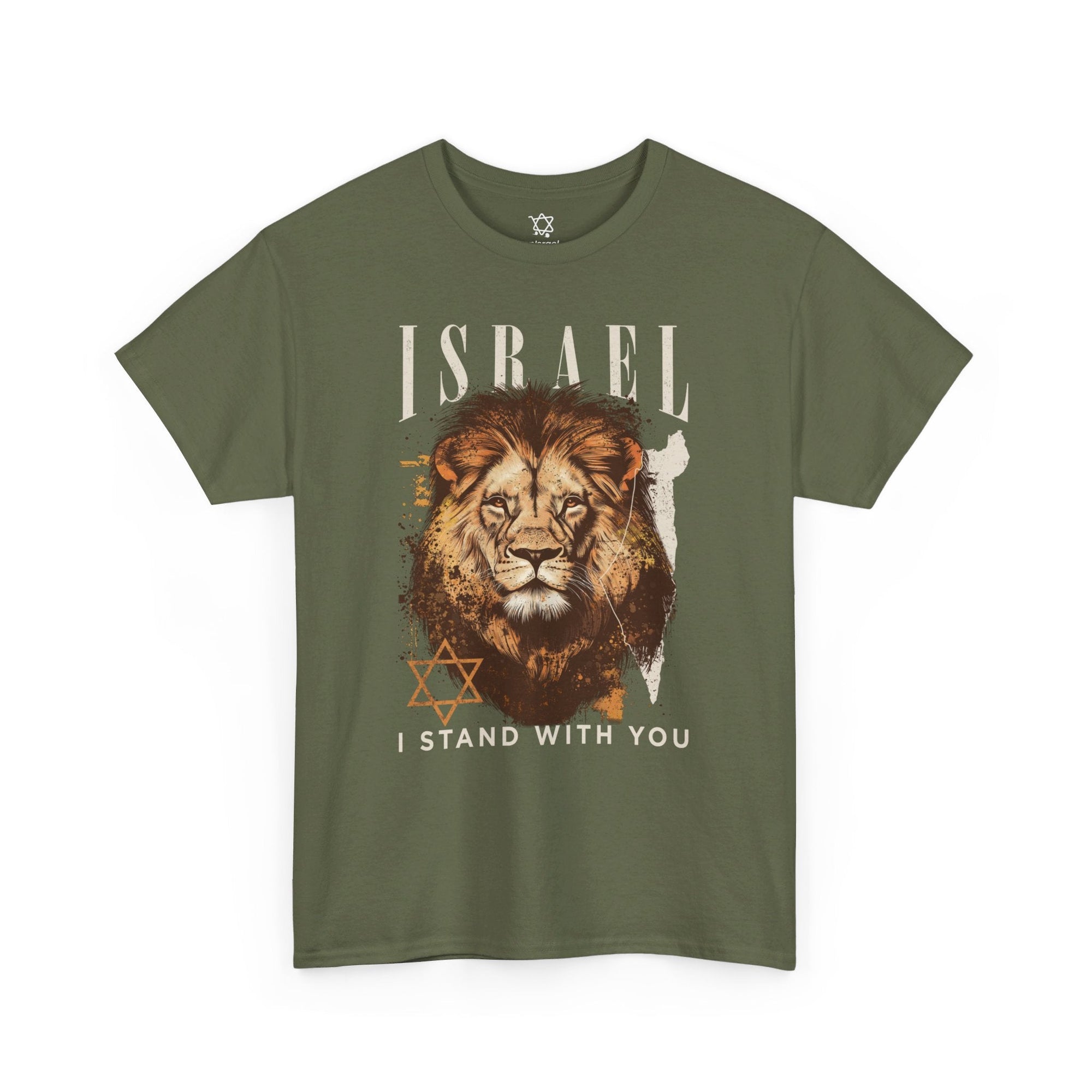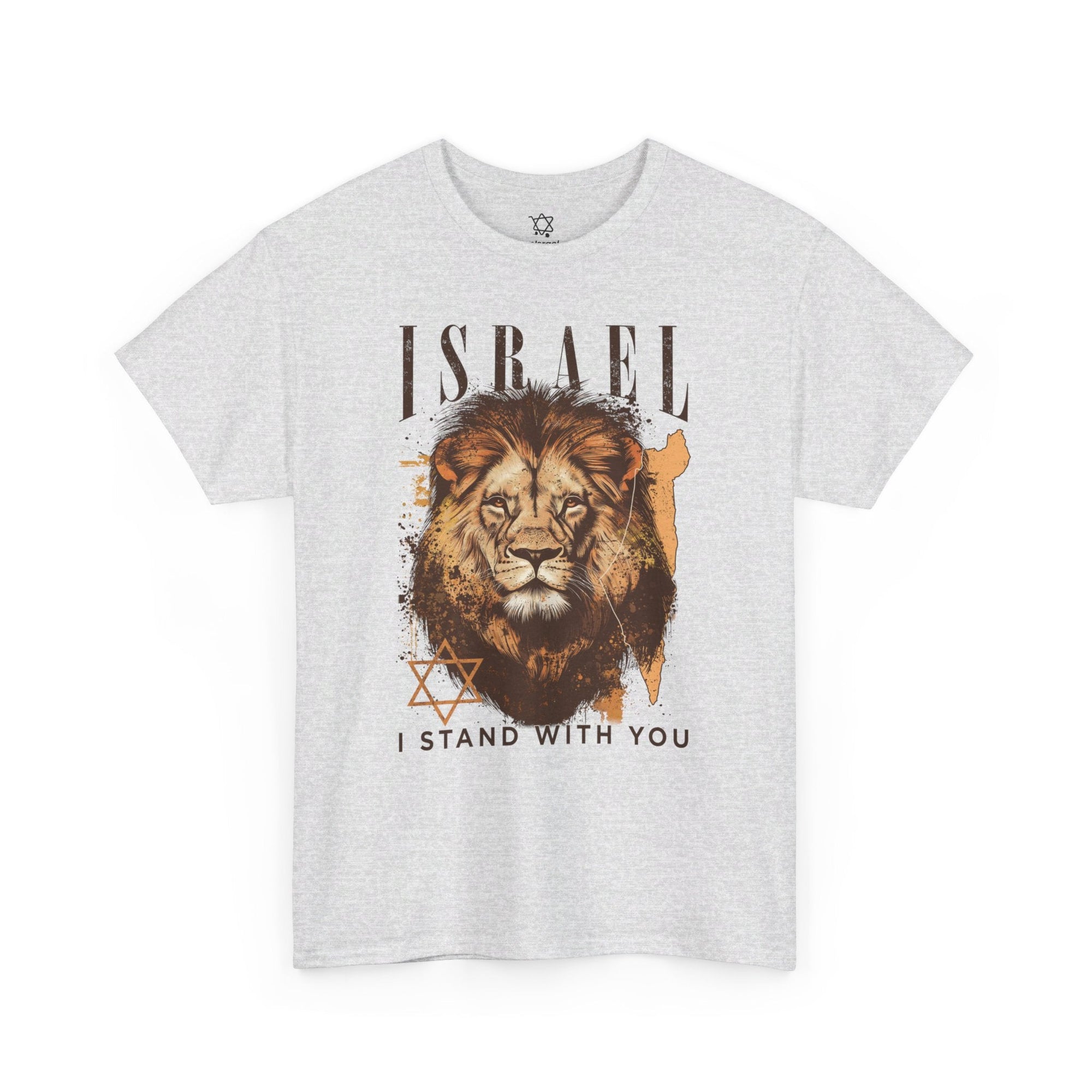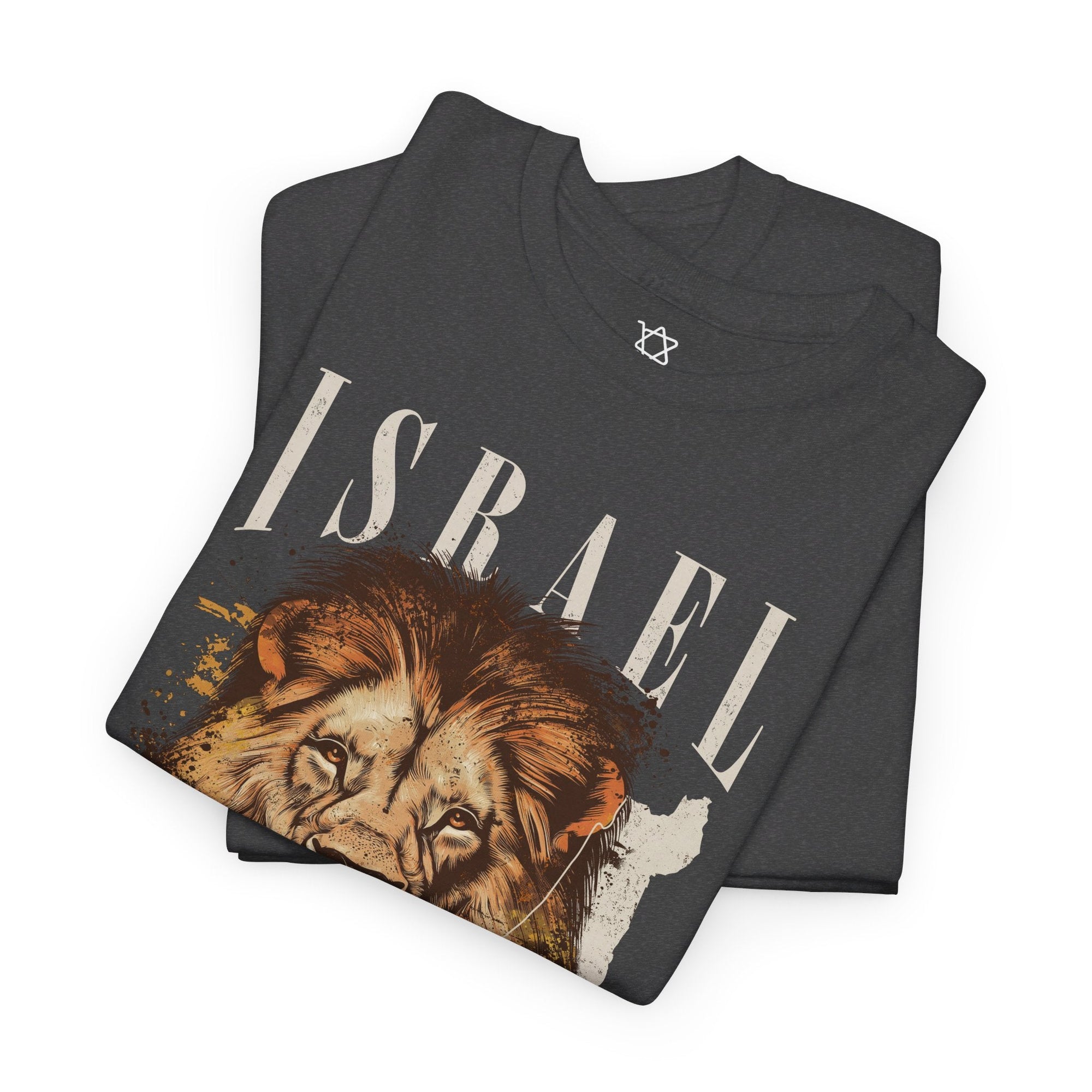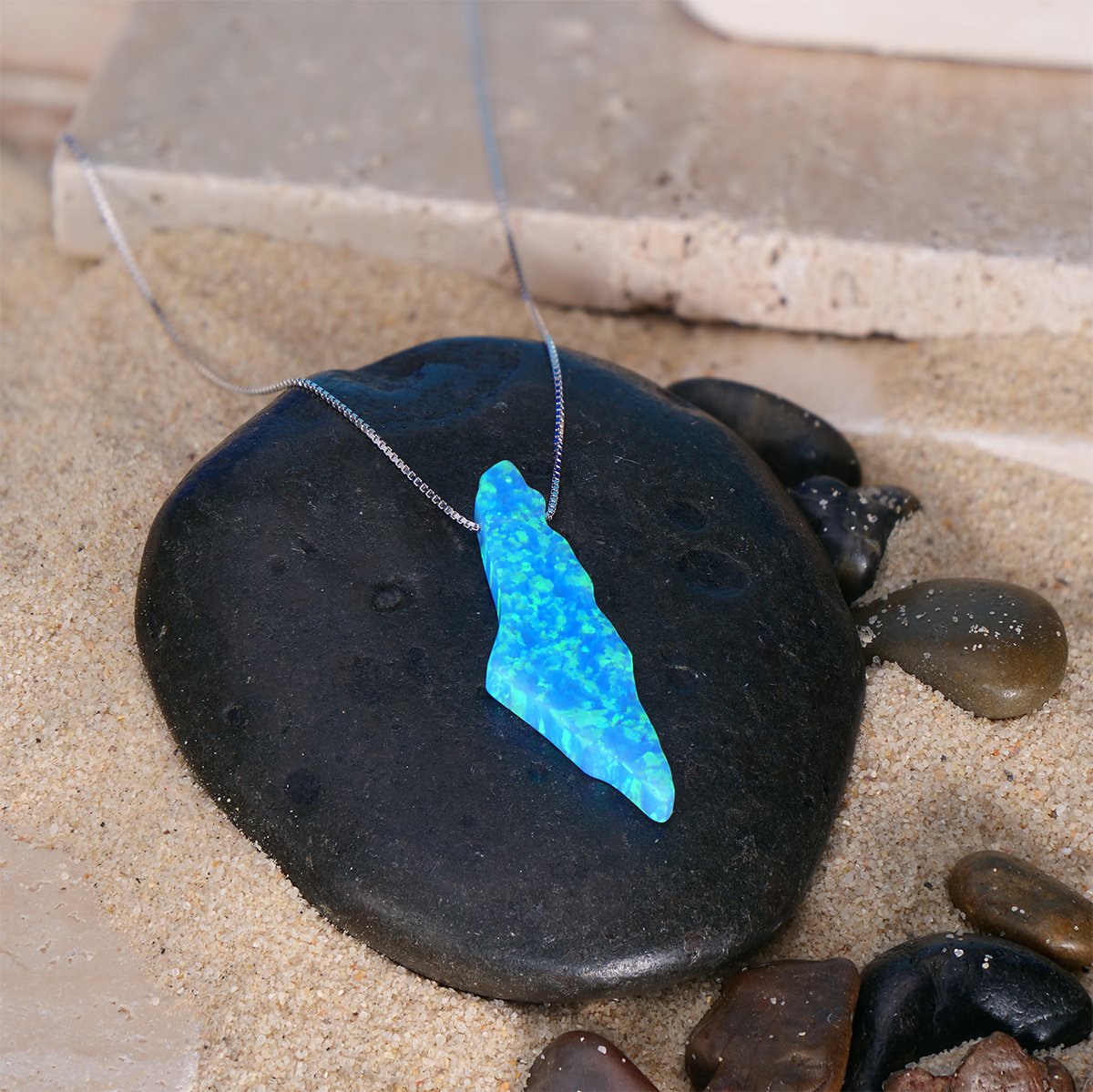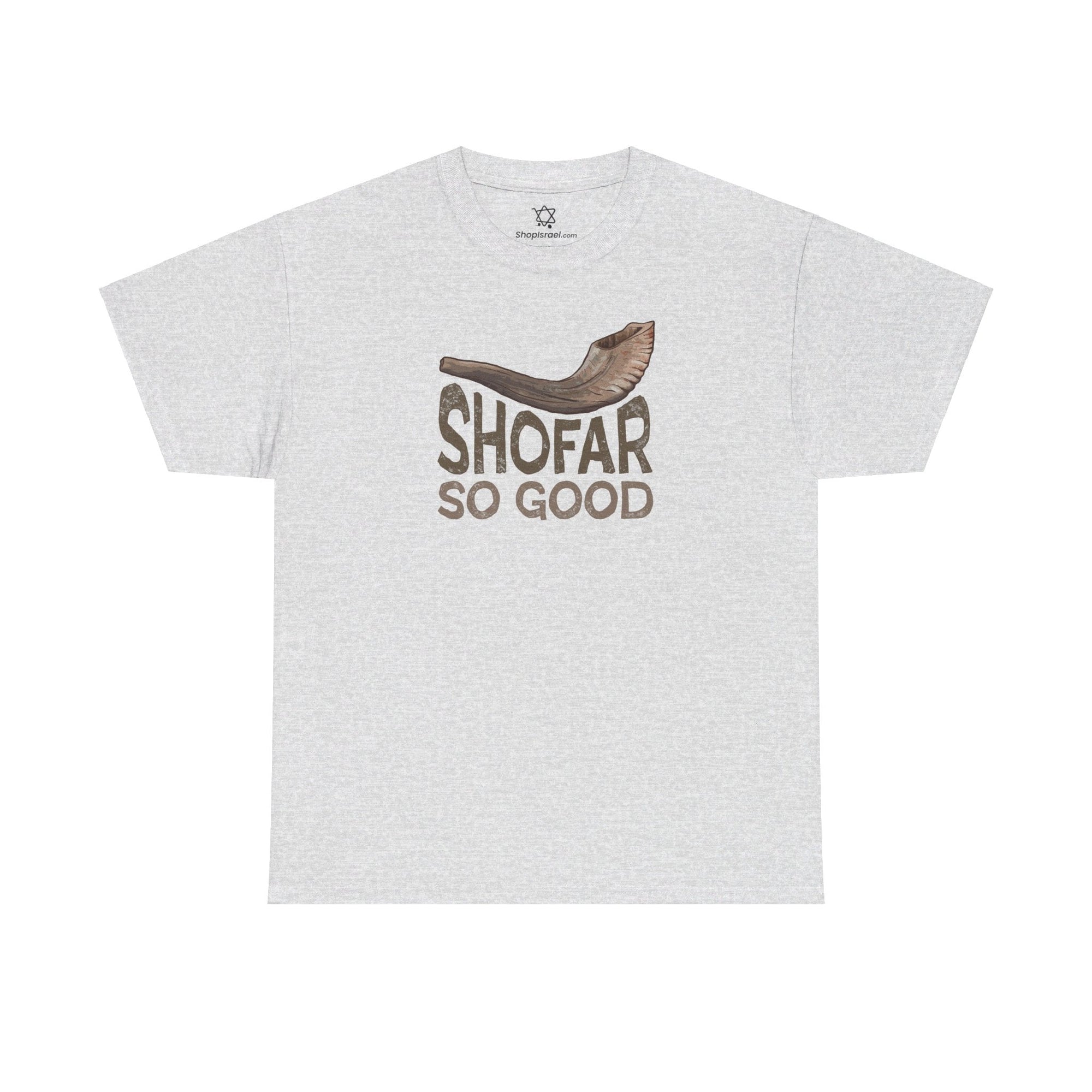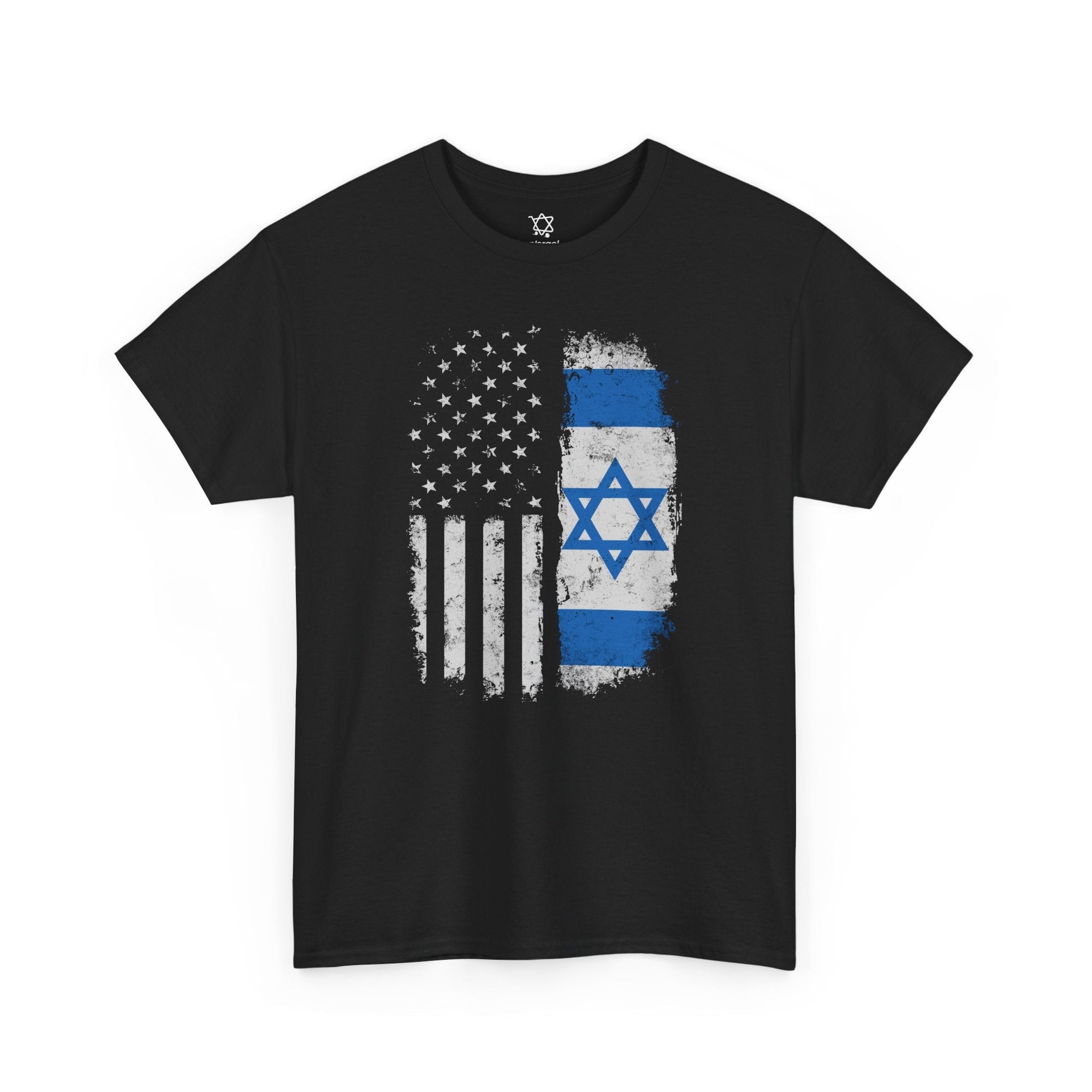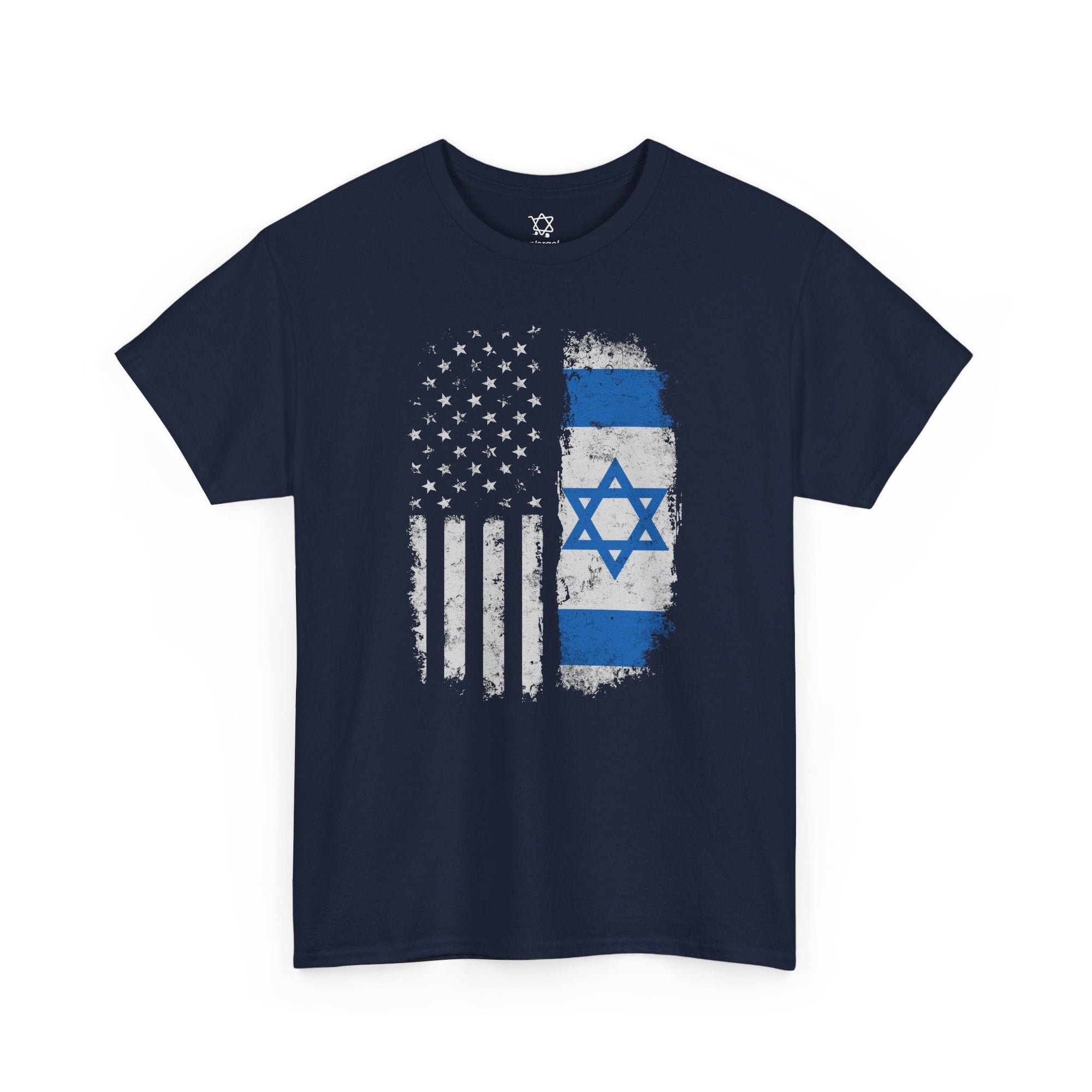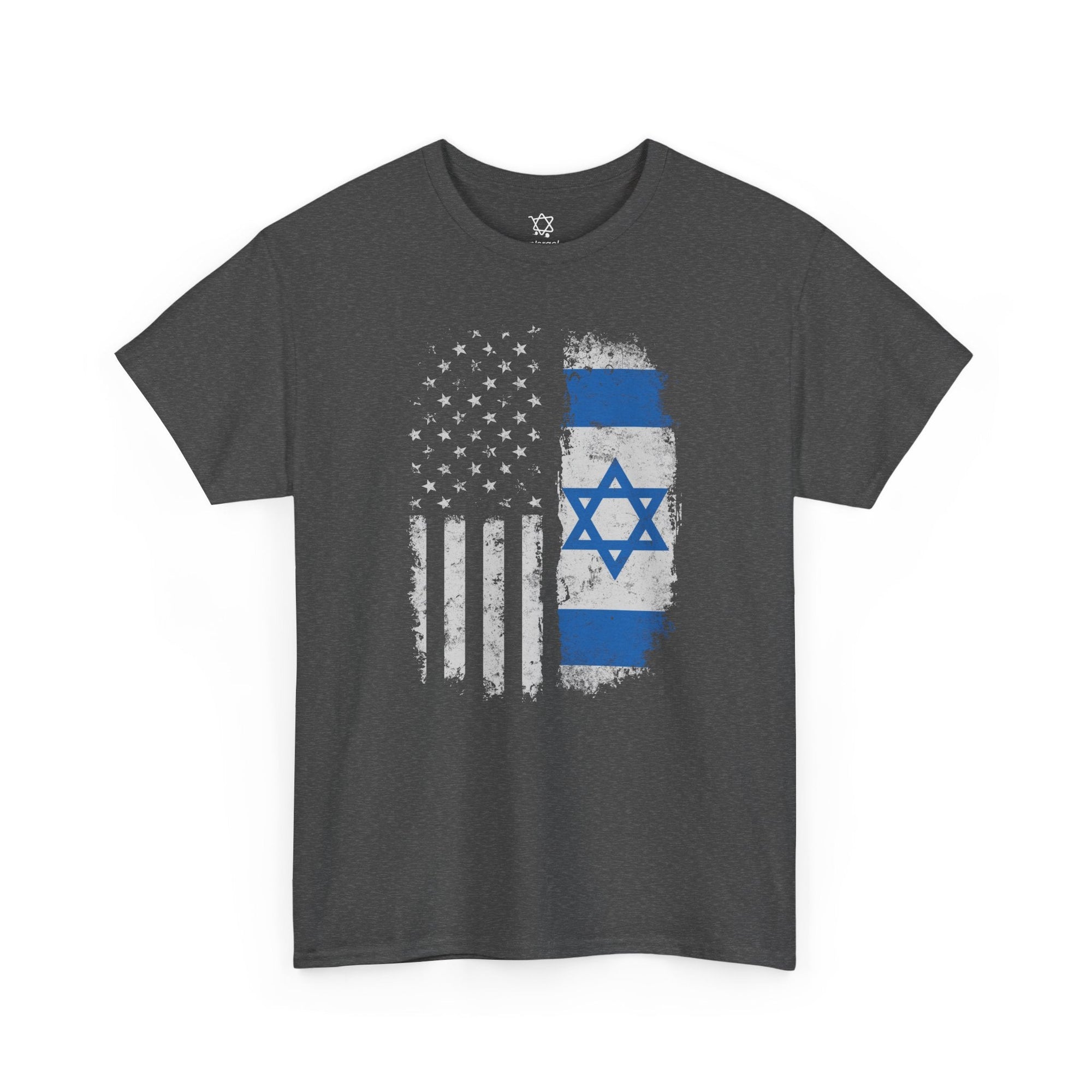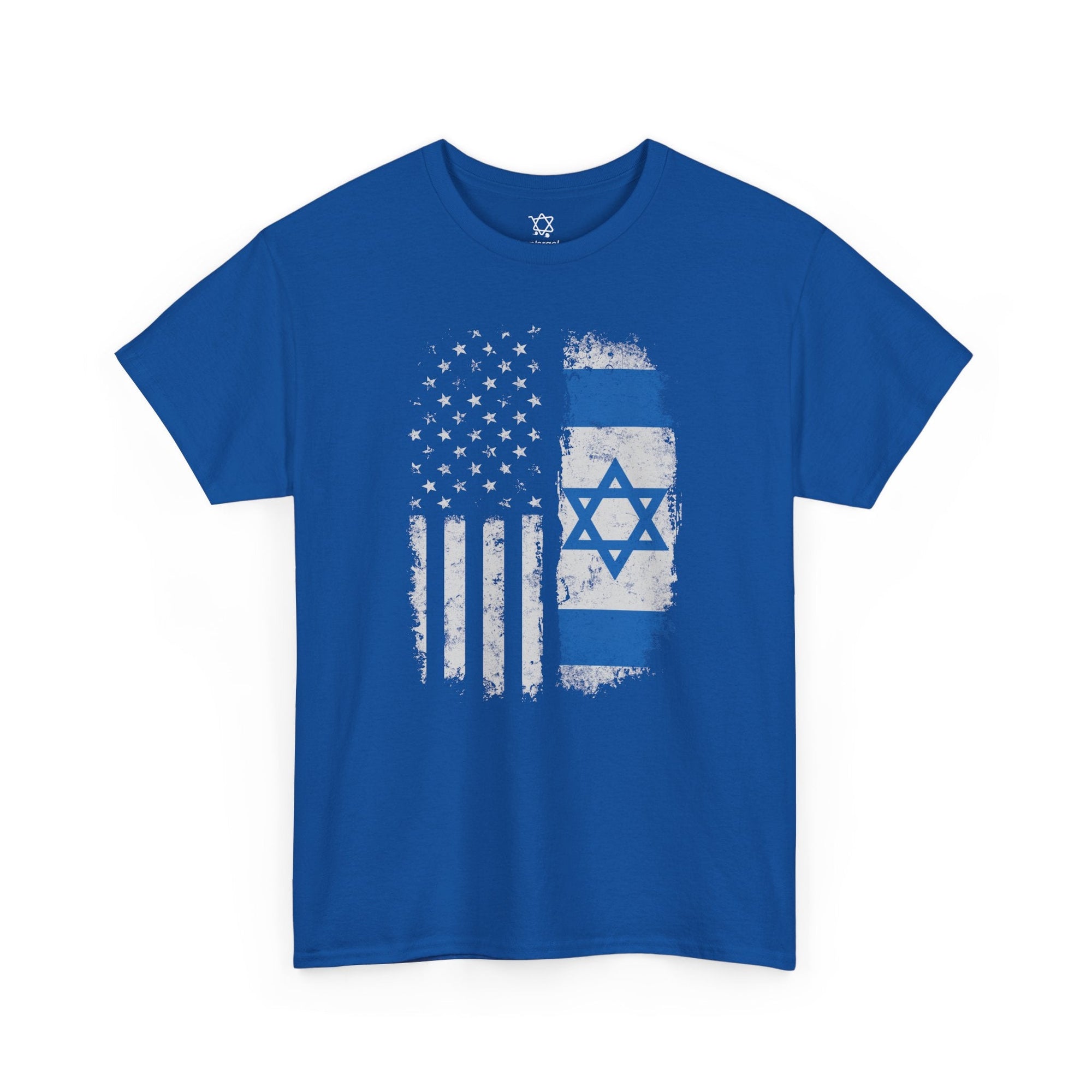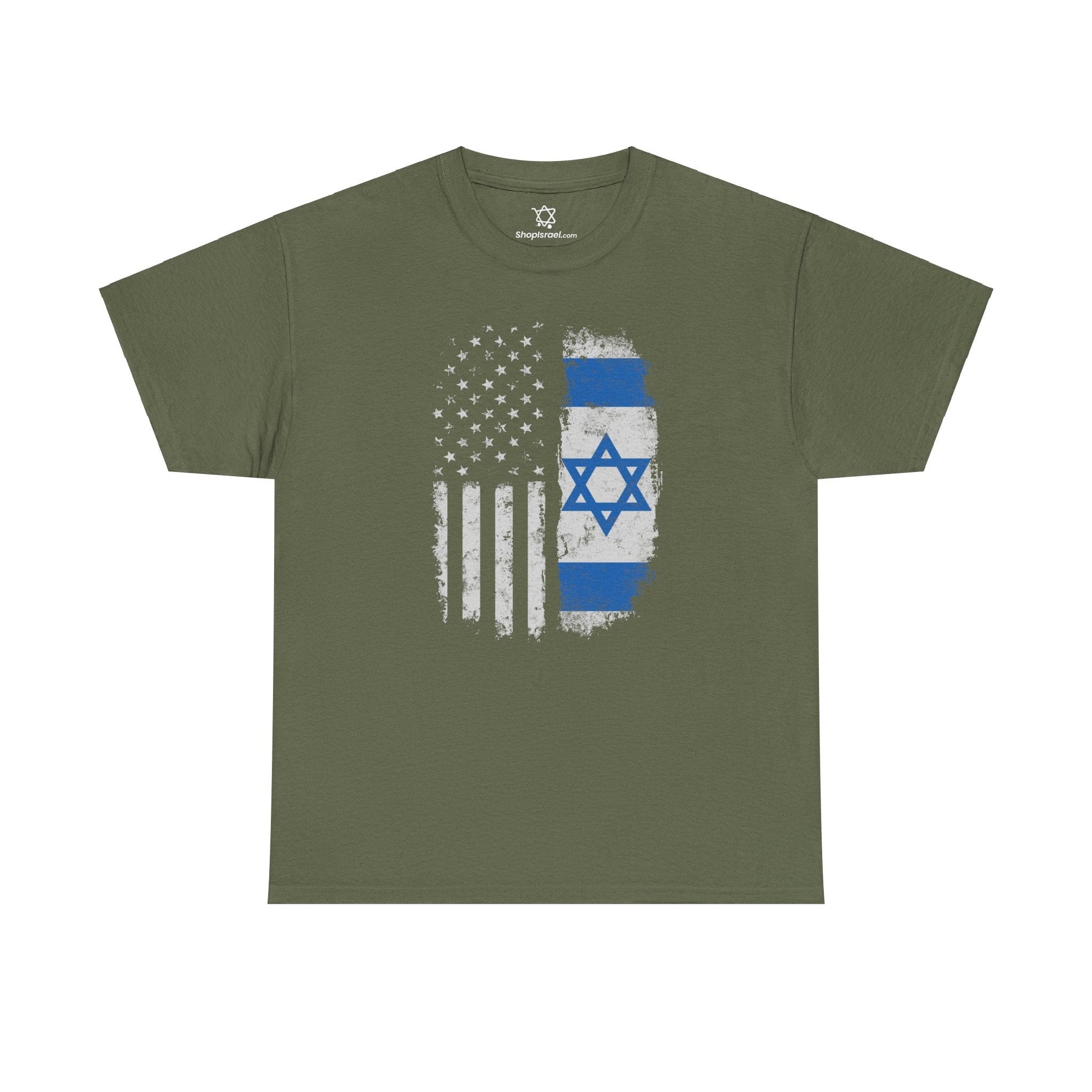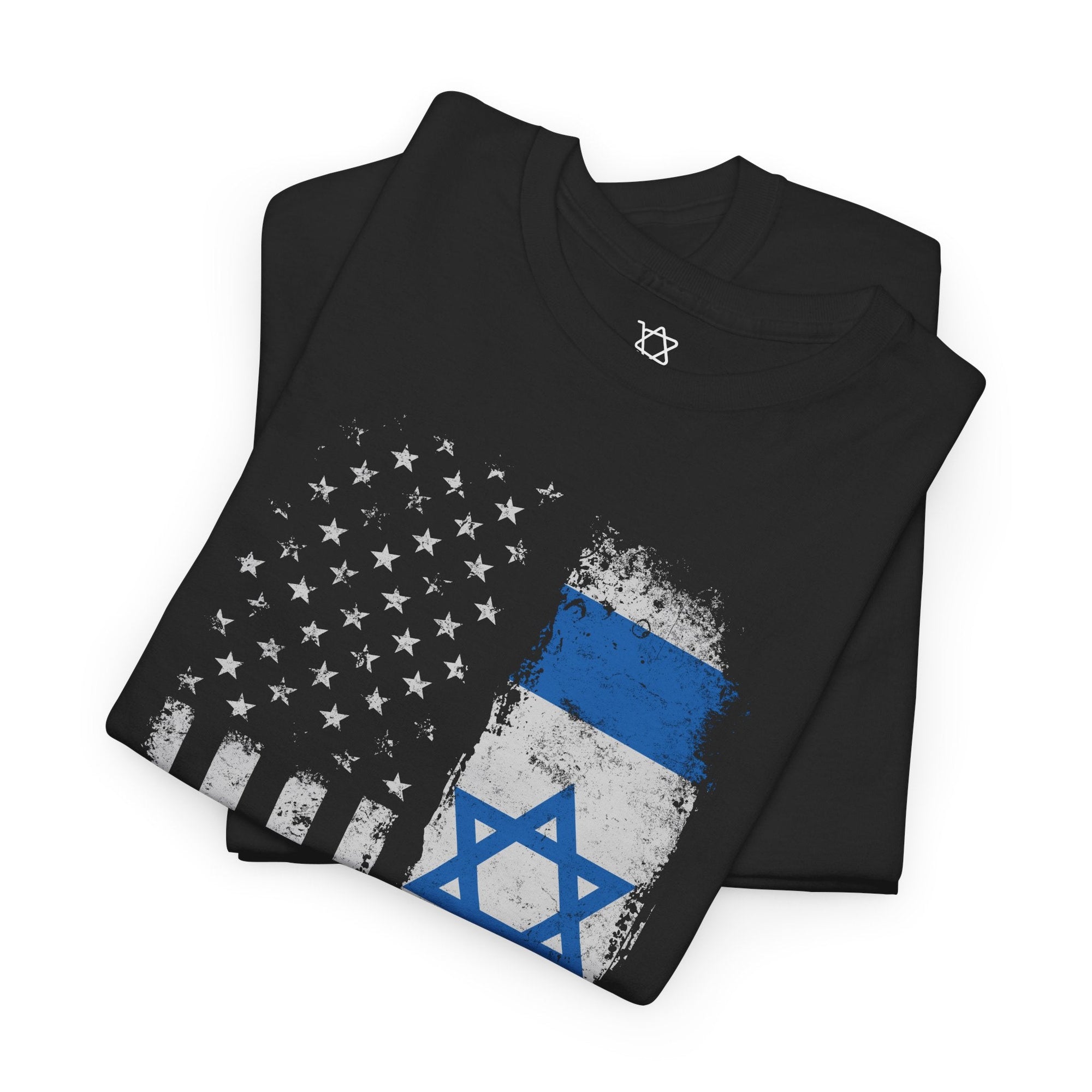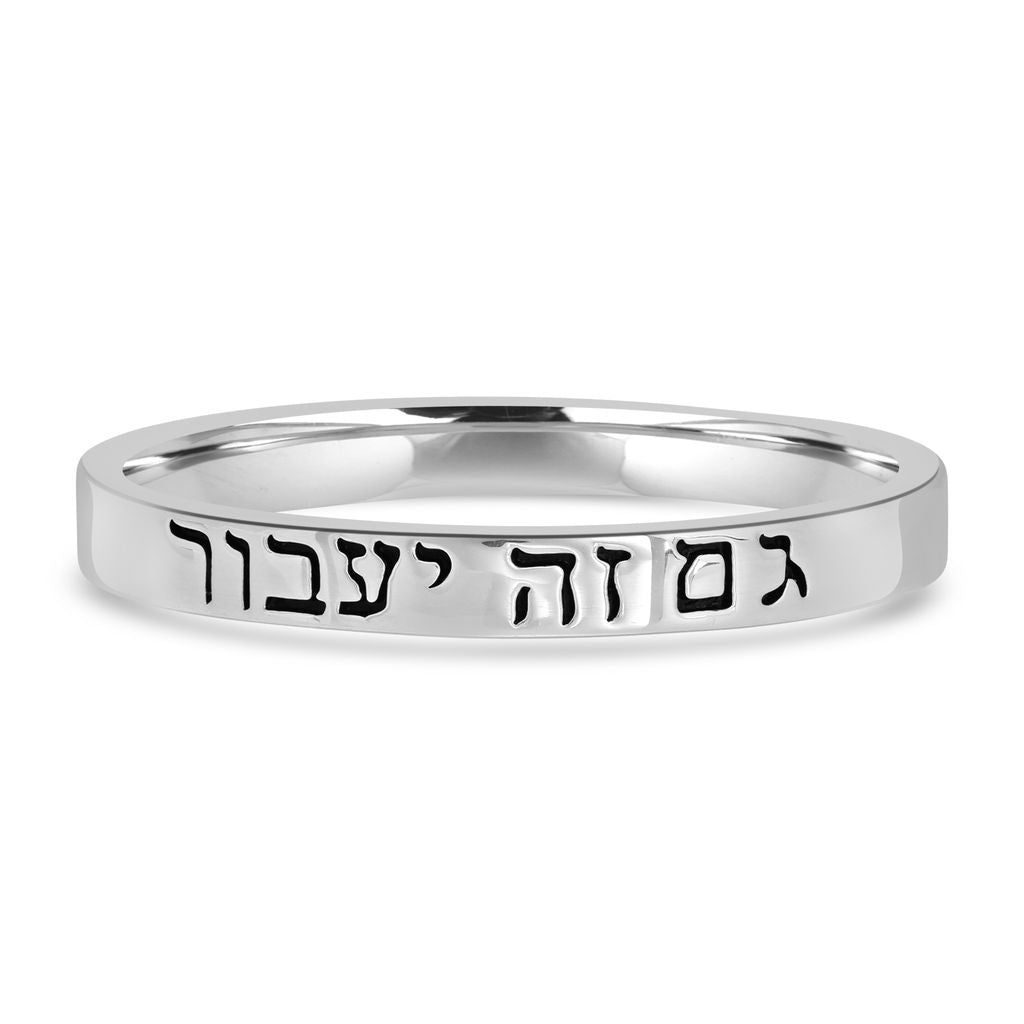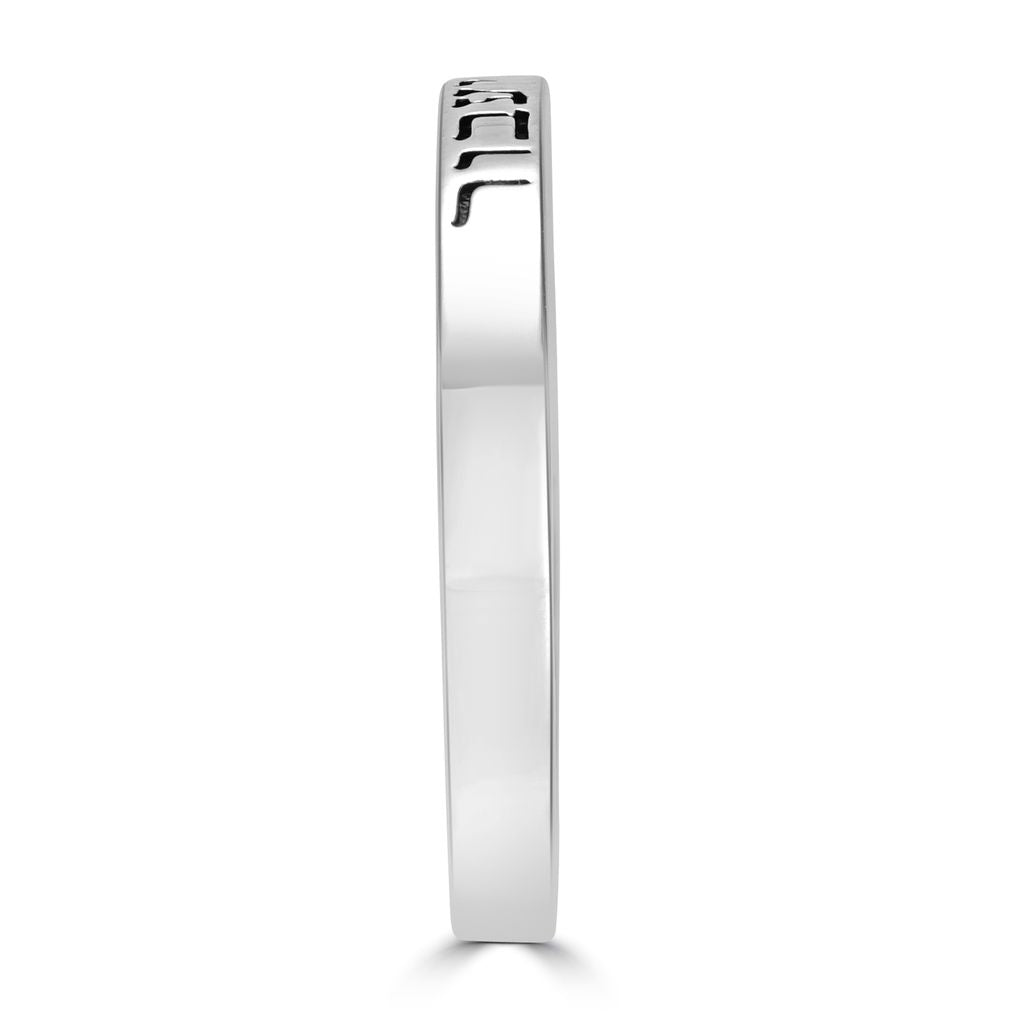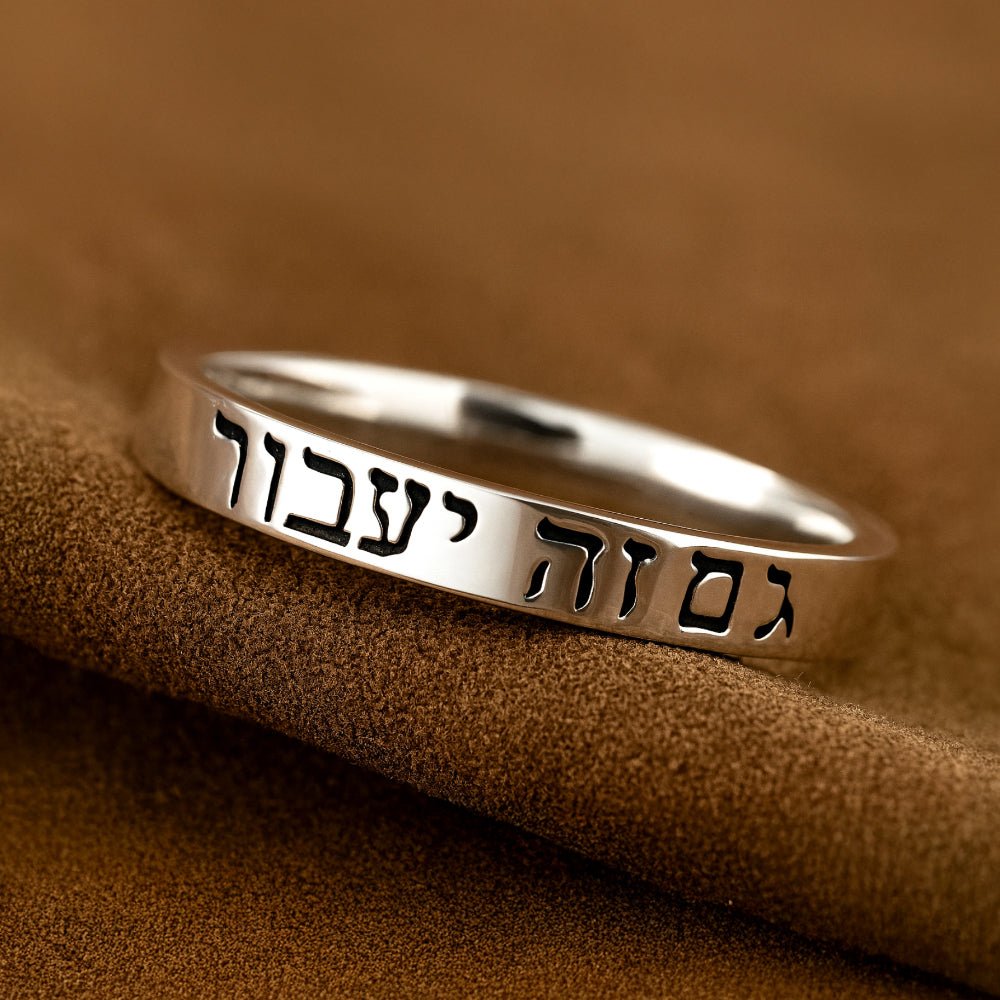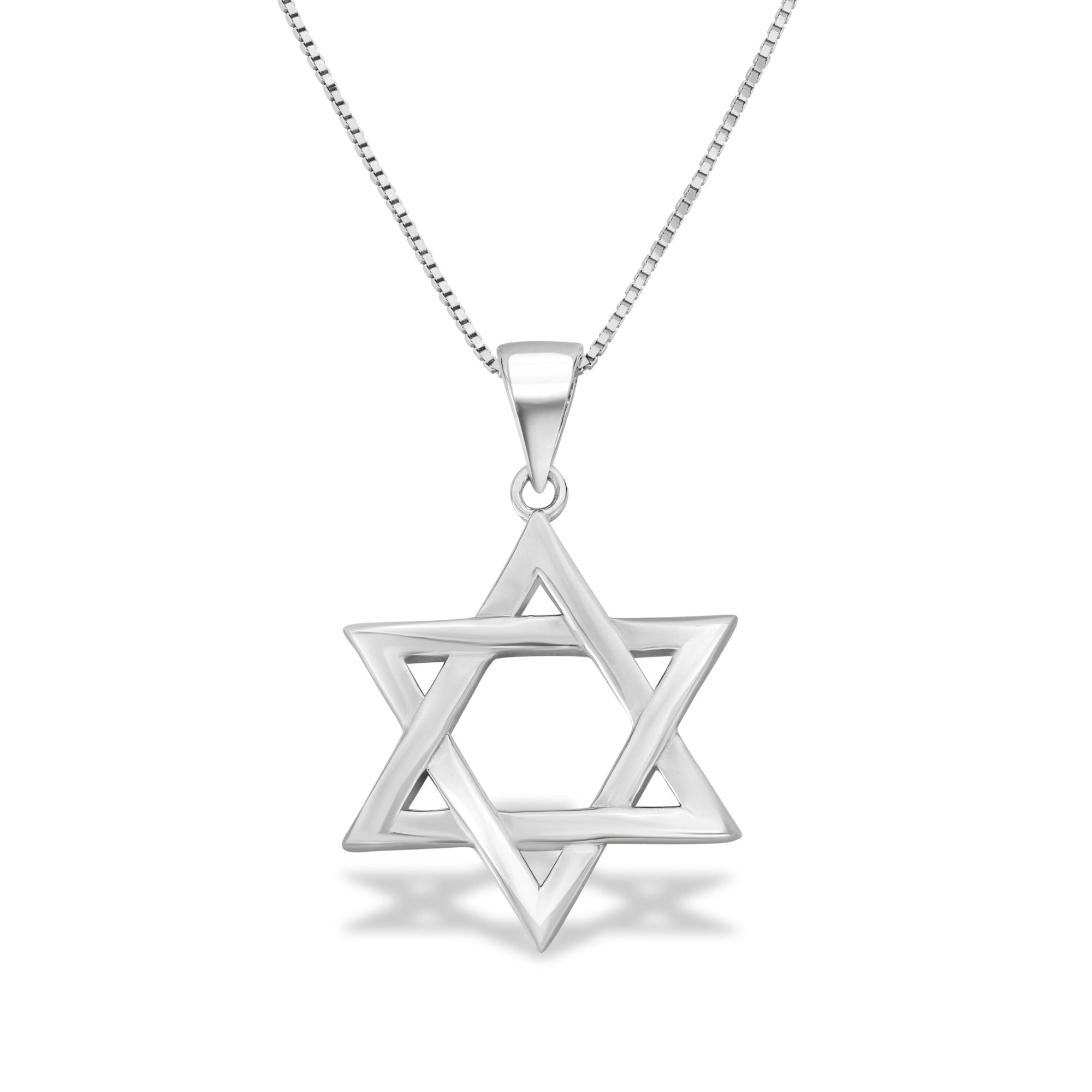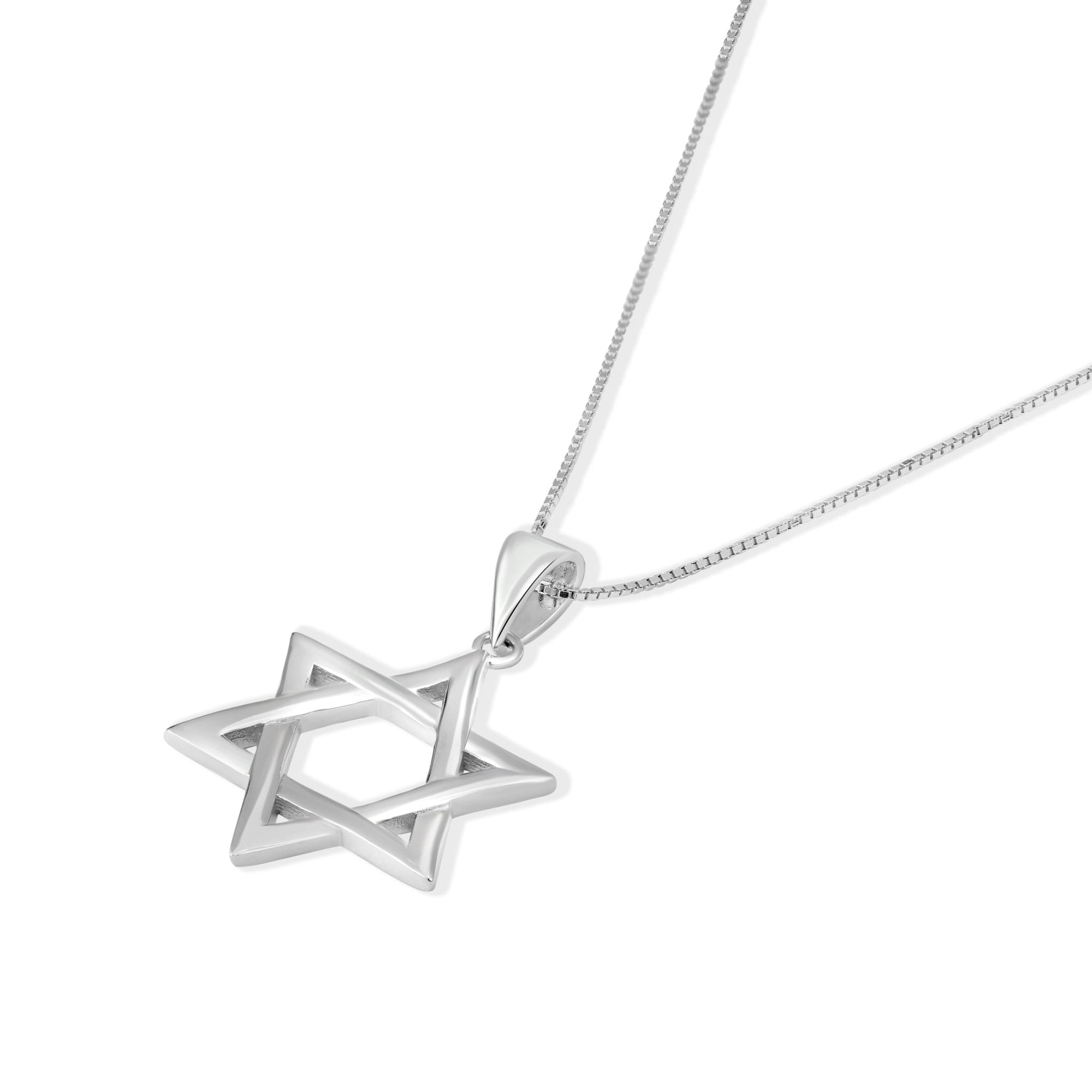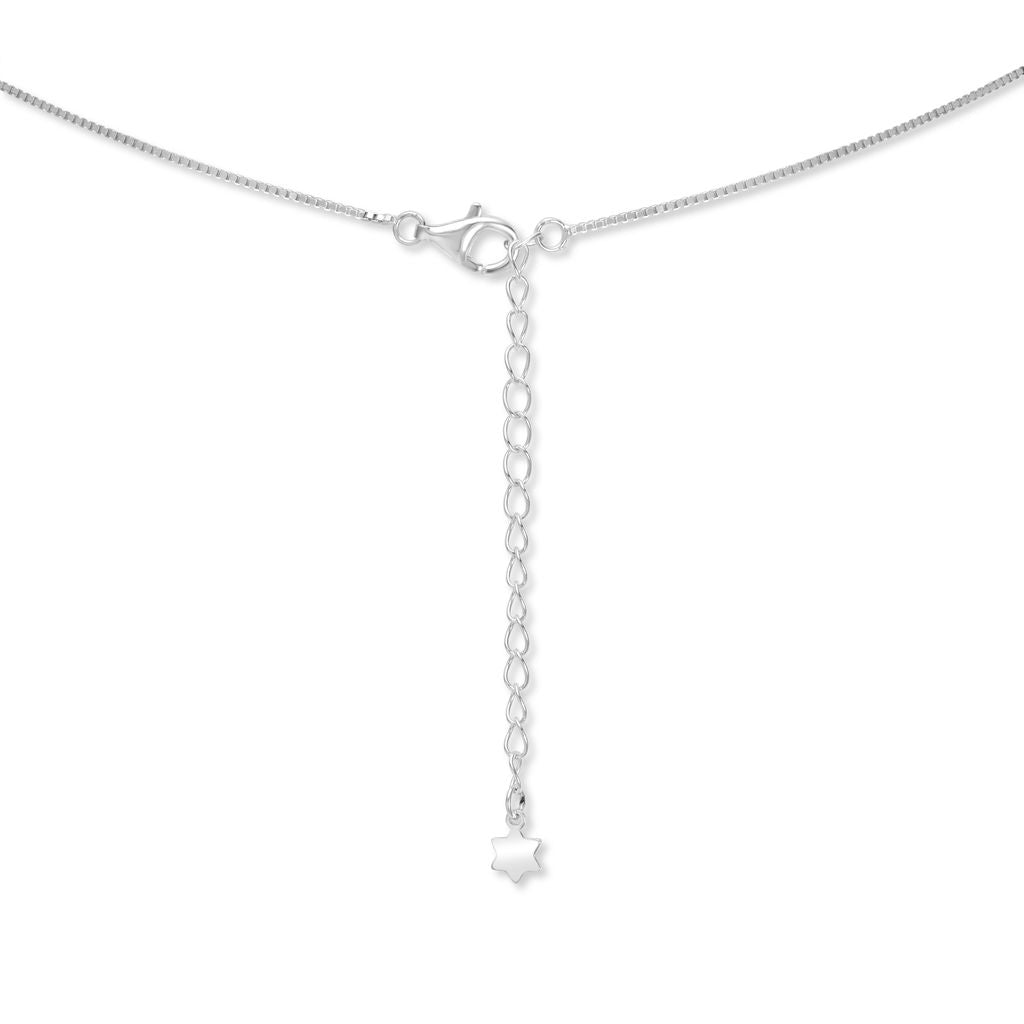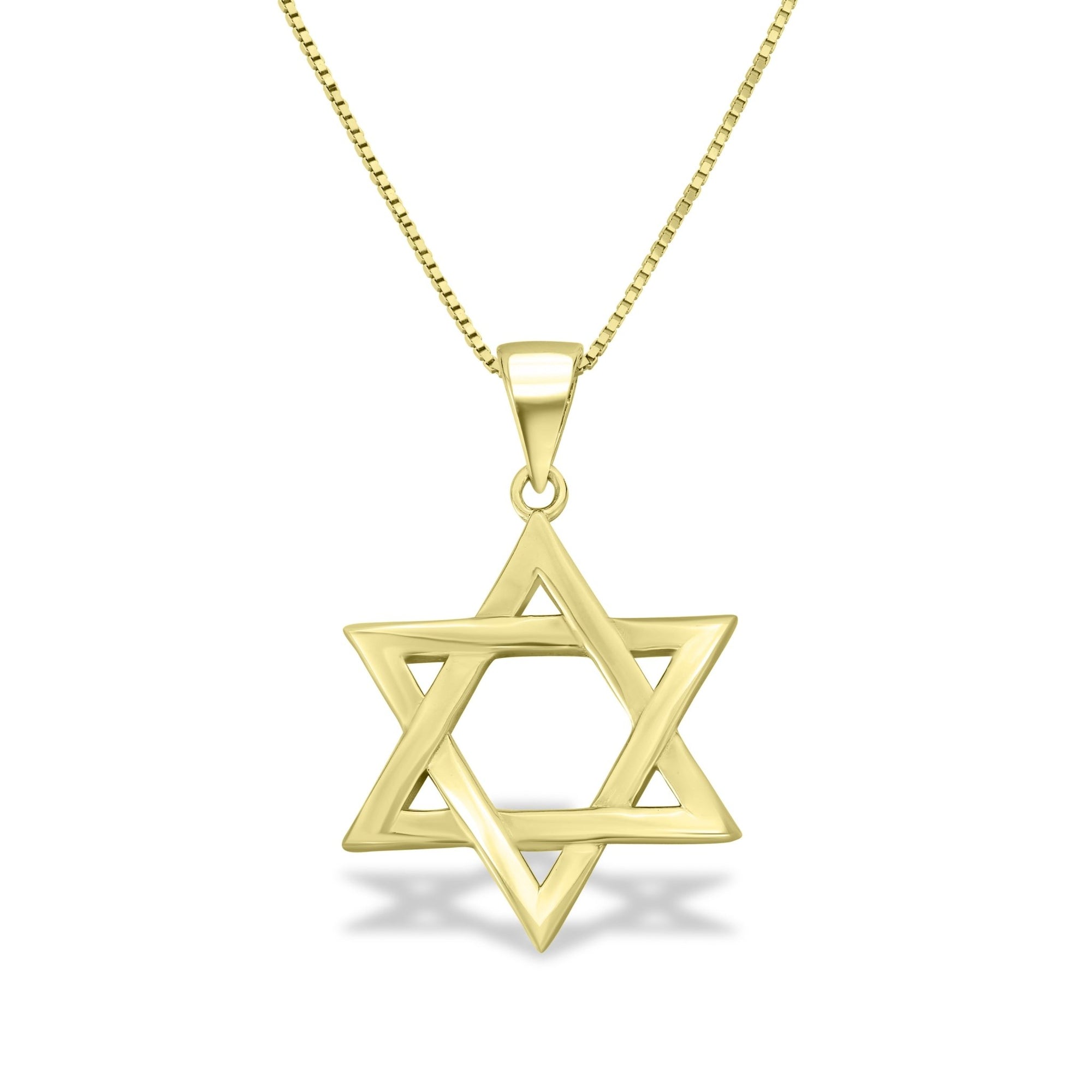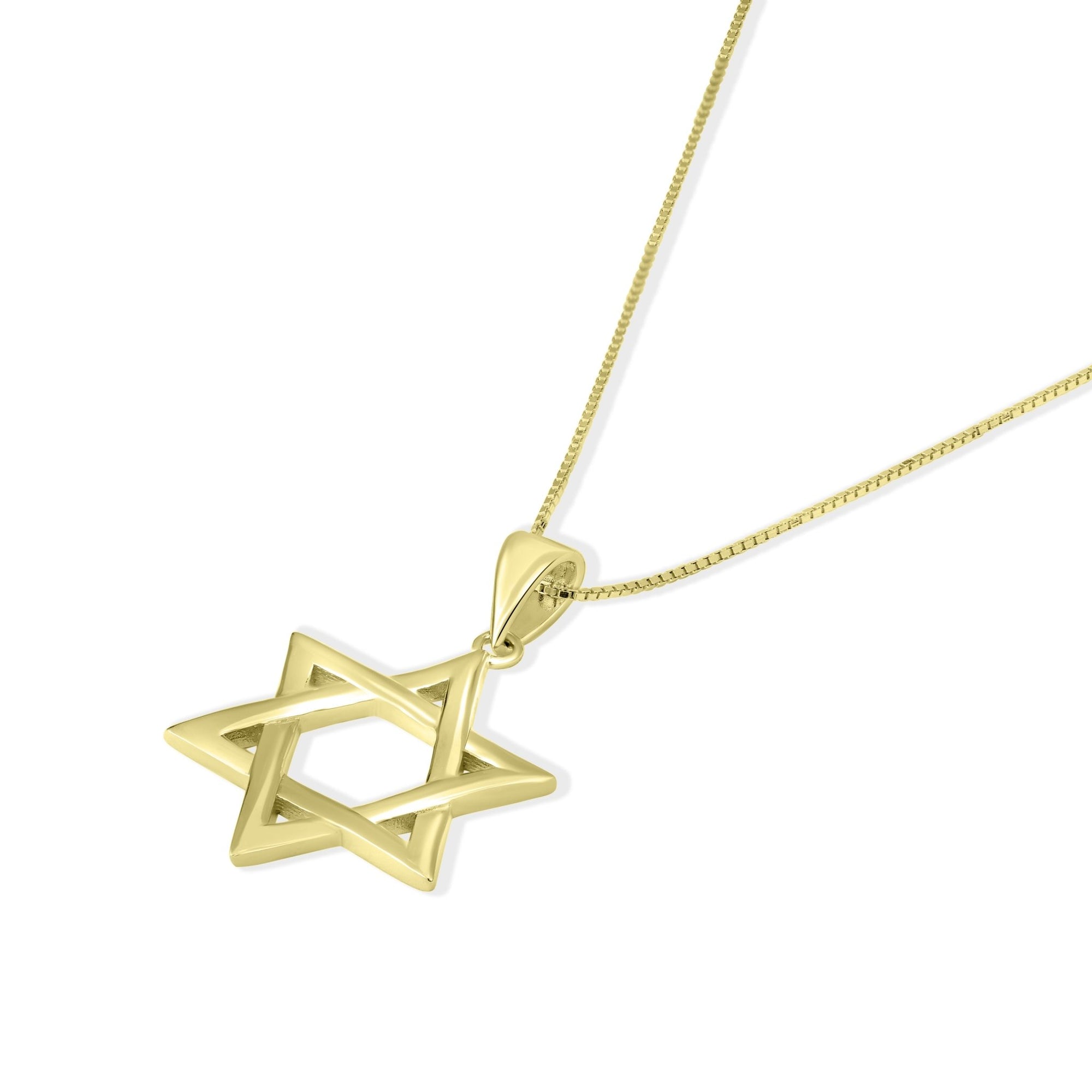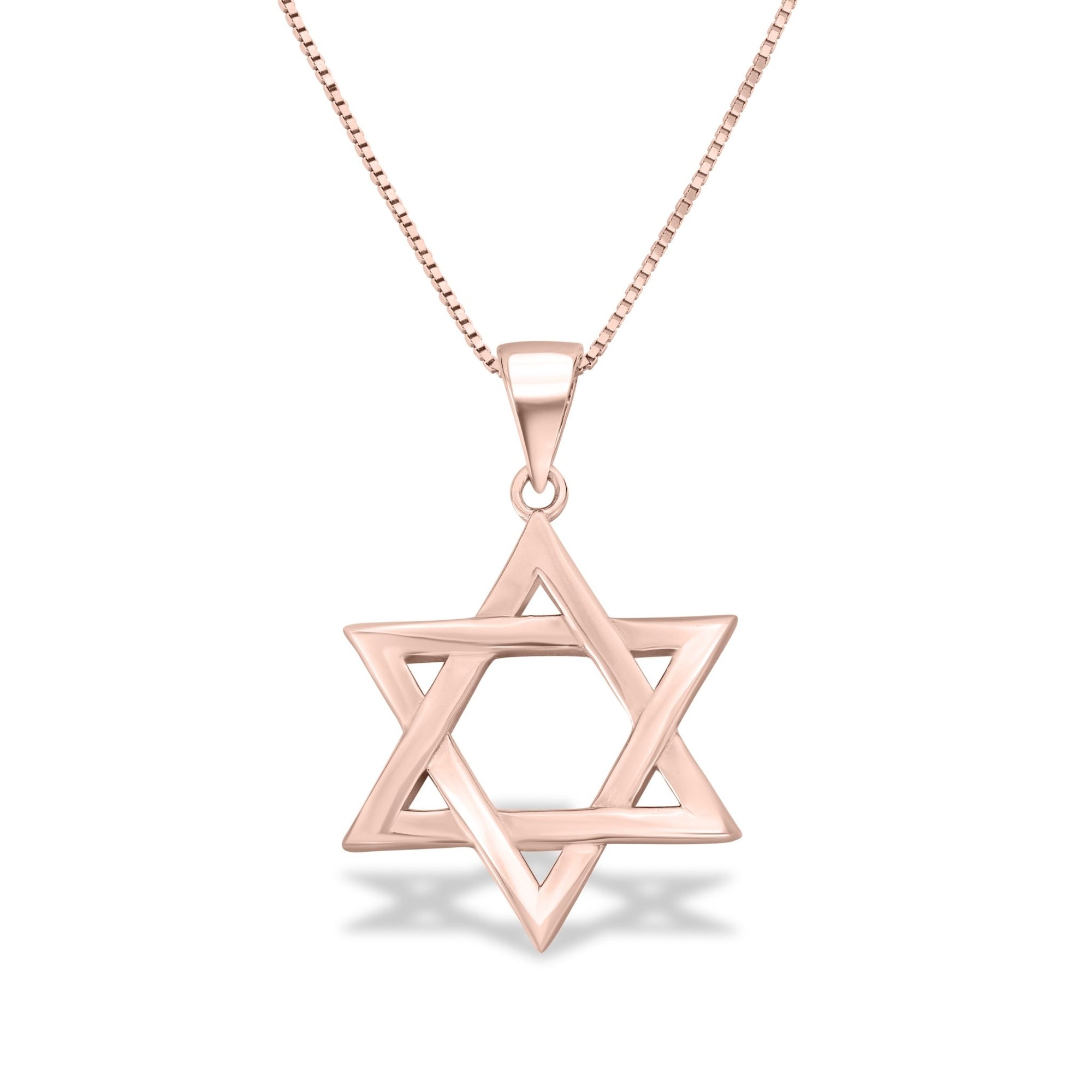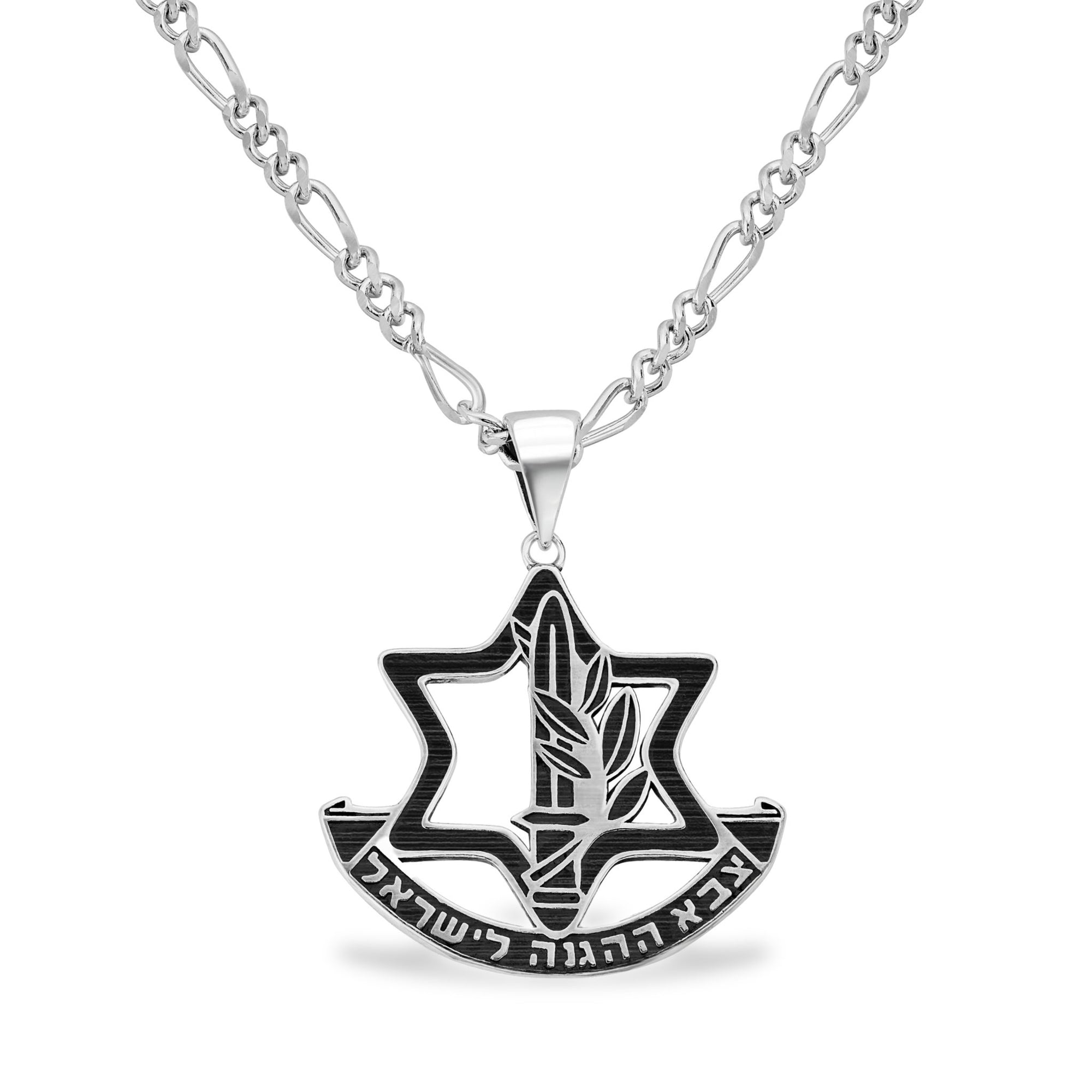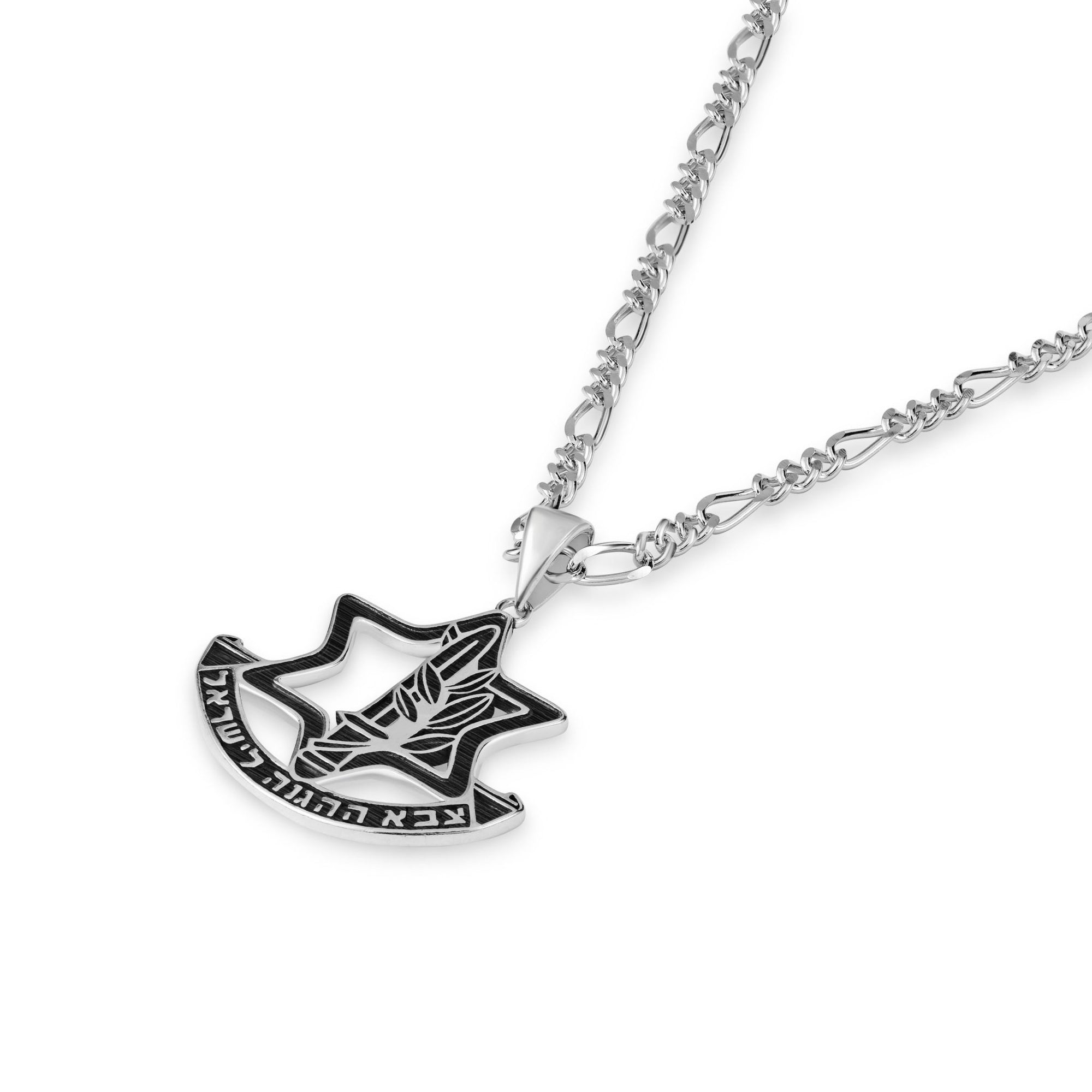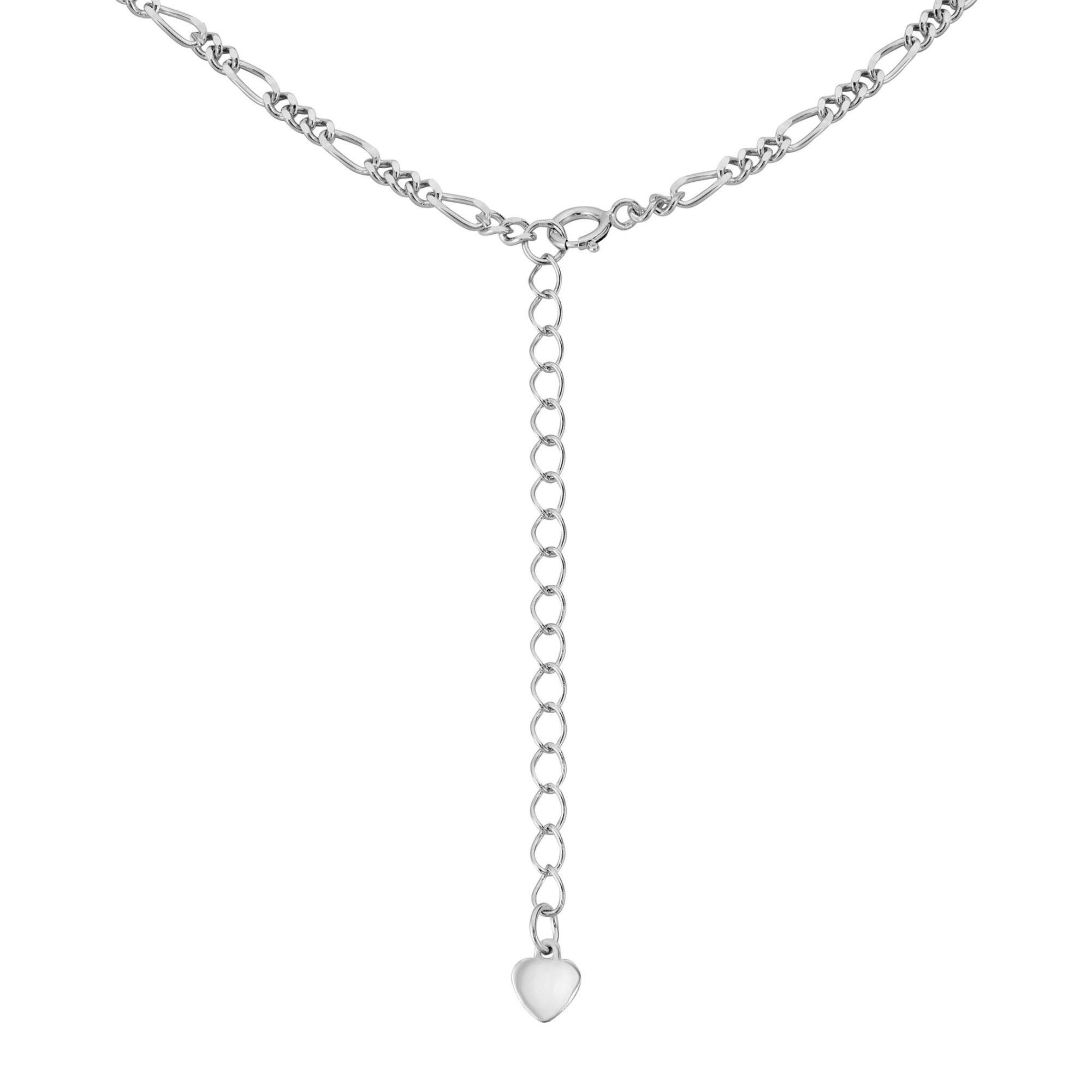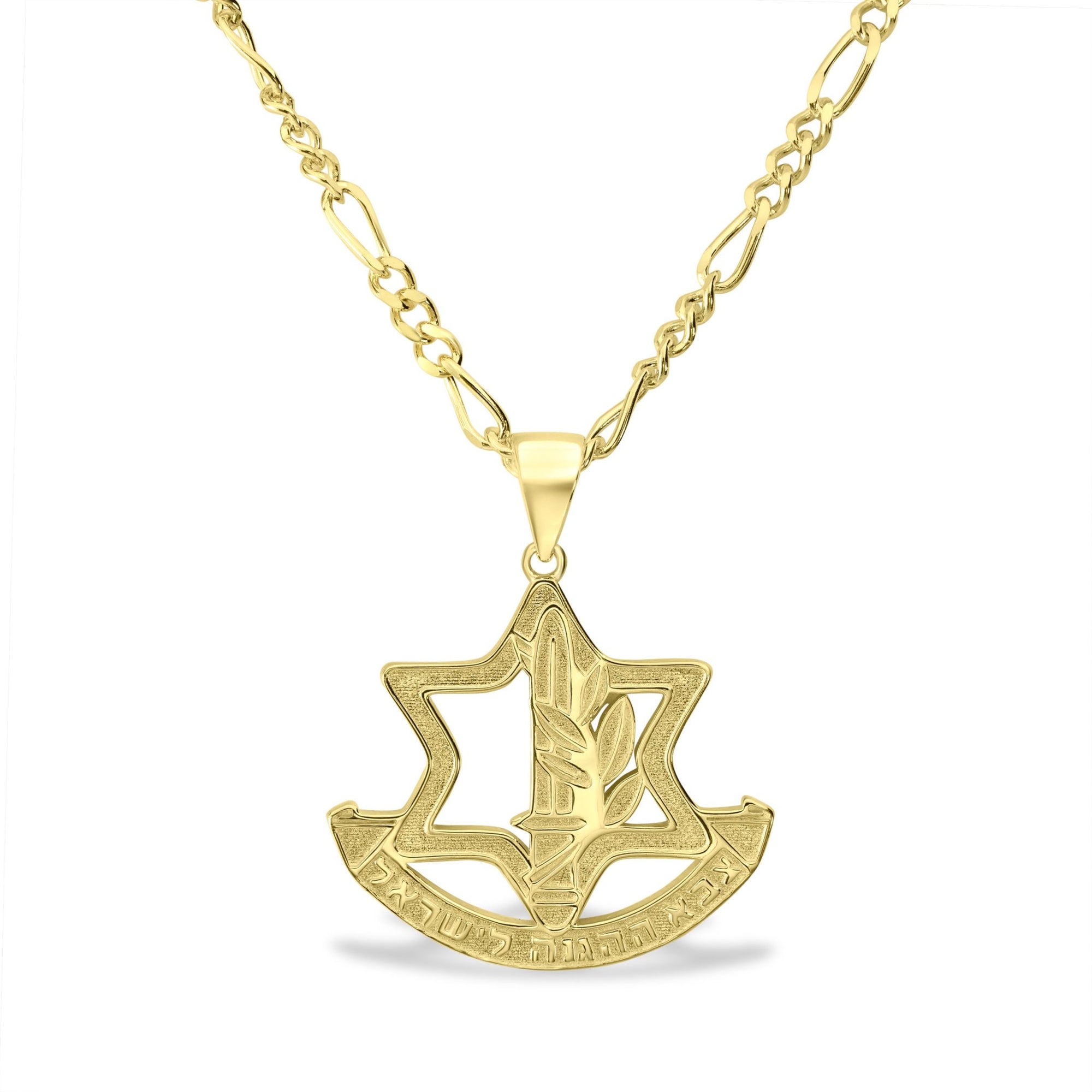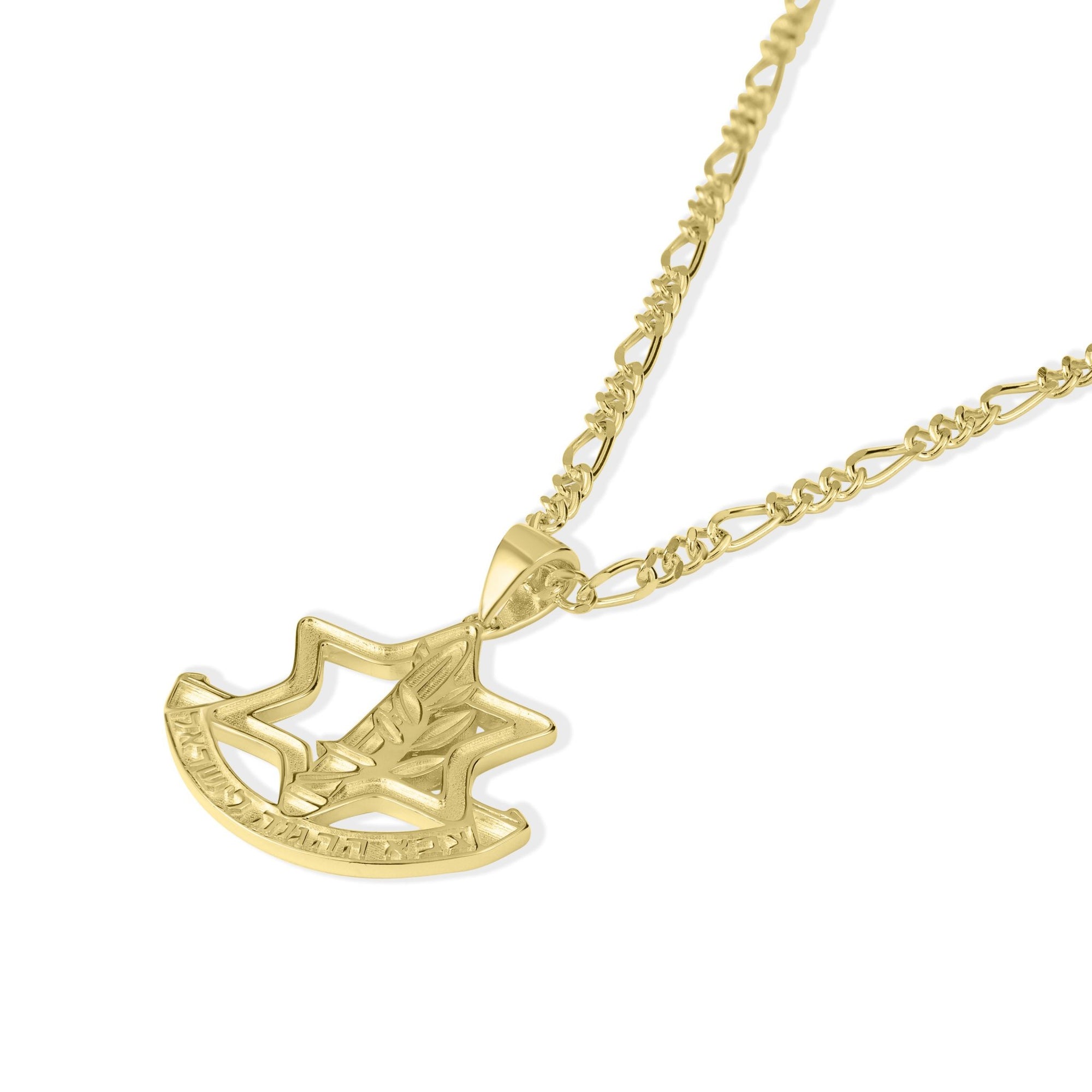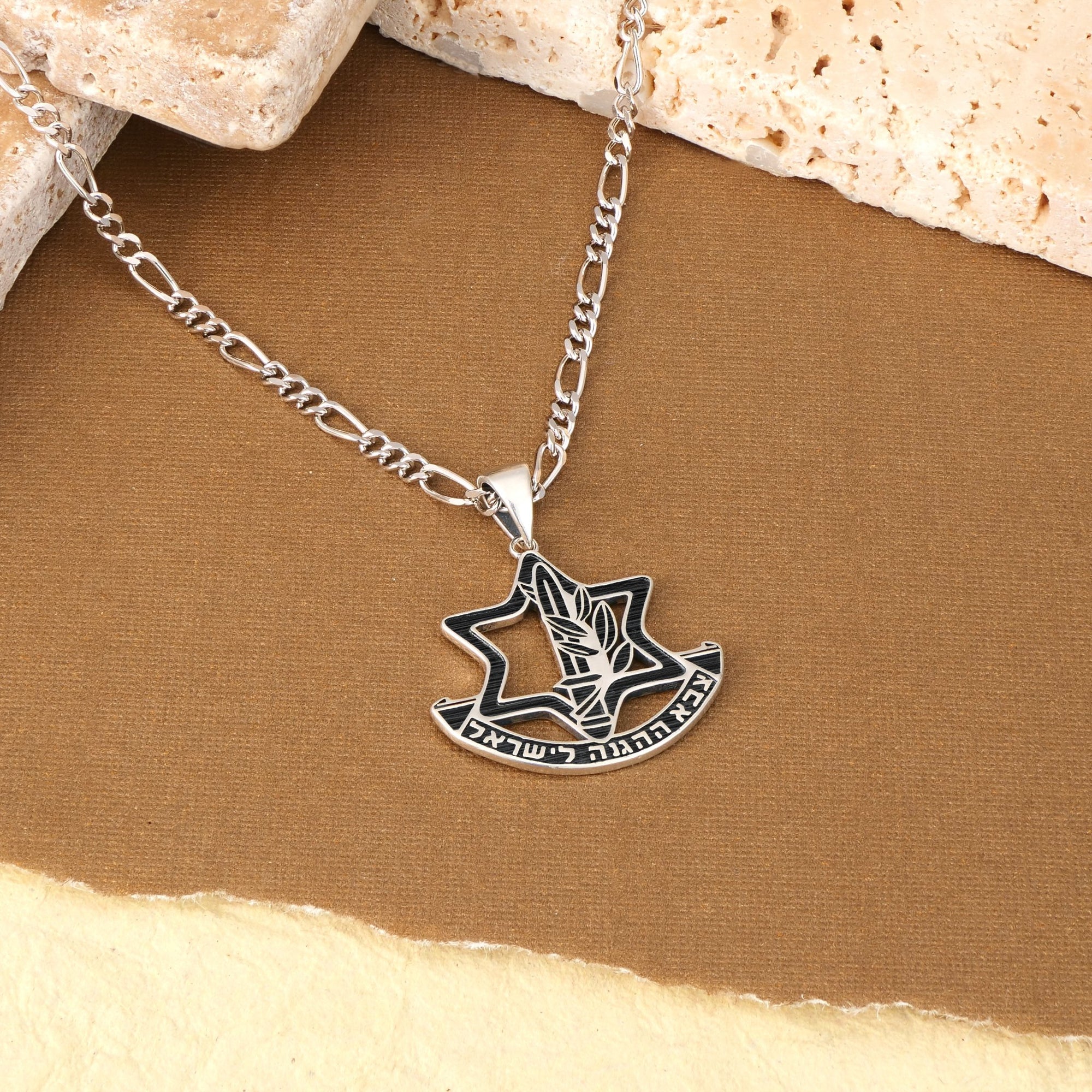Unveiling the Fusion of Art, Tradition, and Identity in Israeli Jewelry
Jewelry inspired by Israeli symbols is more than adornment; it is a profound expression of faith, cultural heritage, and historical identity. Rooted in centuries-old traditions and crafted by skilled artisans, these pieces capture the essence of Israeli and Jewish symbolism, intertwining spirituality with artistry. This article explores the iconic motifs, materials, and craftsmanship that define Israeli-inspired jewelry, revealing how these treasures serve as wearable stories linking the past and present.
The Star of David: A Universal Emblem of Jewish Identity and Israeli Pride

What is the significance of the Star of David in Israeli and Jewish culture?
The Star of David, known in Hebrew as Magen David, is the most iconic symbol representing Jewish identity worldwide. It symbolizes the unity between God and the Jewish people, embodying strength, protection, and community. This six-pointed star was first adopted officially by the Jewish community of Prague in the 17th century and has since become a central emblem of Jewish heritage.
Its place in Jewish tradition and Israeli symbolism
The Star of David has profound cultural and spiritual meaning within Judaism and is integrally linked to Israeli national identity. It adorns the flag of Israel, centered between two horizontal blue stripes, symbolizing hope, purity, peace, and resilience. The star represents not only Jewish religious tradition but also the collective history and strength of the Jewish people, reflecting unity and solidarity.
Use in jewelry design and national representation
Jewelry made in Israel frequently features the Star of David, crafted by skilled Israeli artisans who blend traditional techniques with modern designs. Pieces range from delicate pendants to more elaborate works incorporating precious metals like gold jewelry, sterling silver jewelry, often set with distinctive Israeli gemstones such as the Eilat stone. These creations celebrate Jewish heritage and express pride in Israeli culture, making them popular gifts for religious milestones and celebrations. Beyond ornamentation, the Star of David in jewelry serves as a wearable affirmation of faith, identity, and connection to the Land of Israel.
Ancient and Protective Symbols: The Hamsa and Its Spiritual Resonance
Origins of the Hamsa Symbol
The Hamsa symbol, depicted as an open hand often featuring an eye, has deep roots tracing back to ancient Jewish symbols and Middle Eastern cultures. It predates many modern religions, serving as a universal emblem of protection and good fortune. In Jewish tradition, the Hamsa is also known as the Hand of Miriam, linking it to biblical heritage and mysticism.
Meaning and Cultural Significance
The Hamsa holds rich spiritual meaning in Jewish culture, especially within Israeli society. It is widely believed to guard against the evil eye and misfortune. Beyond protection, the symbol represents humility, happiness, and prosperity. Its five fingers are sometimes associated with the five books of the Torah, adding a layer of religious significance.
Its Role in Jewelry as a Protective Motif
Jewelry featuring the Hamsa serves both as an expression of faith and as a talismanic safeguard. Israeli jewelers often craft Hamsa necklaces and jewelry, blending ancient symbolism with contemporary design. These pieces not only honor heritage but also provide wearers with a sense of security and spiritual connection. Incorporating the Hamsa in jewelry embodies a harmonious balance of aesthetic beauty and protective power.
Life and Renewal: The Chai Symbol and the Tree of Life
What do the Chai and Tree of Life symbols represent in Jewish jewelry?
The Chai in Hebrew symbol, made of the Hebrew letters chet and yud, translates directly to "life." It signifies vitality, good luck, and prosperity. In Jewish culture, this emblem is more than just a design; it holds celebratory importance, especially when given as Jewish jewelry gifts during significant milestones like bar and bat mitzvahs. Wearing the Chai not only expresses a wish for a long, healthy life but also connects the wearer to the rich heritage of Jewish traditions.
The Tree of Life , known in Hebrew as "Etz Chaim," represents growth, wisdom, and enduring heritage. It has biblical roots seen in texts such as Genesis and Proverbs and carries deep spiritual symbolism. This tree portrays the idea of interconnectedness among all life and God's emanations, often interpreted through Kabbalistic teachings. In jewelry, the Tree of Life serves as a powerful reminder of spiritual development and the ongoing journey of faith.
Significance in Jewish Tradition and Blessing
Both the Chai and Tree of Life embody foundational values of renewal and blessing in Jewish culture. The Chai reflects the fundamental celebration of life and is tied to lucky numerology—18, as the gematria of its letters adds to this number—imbuing the jewelry with good fortune. Meanwhile, the Tree of Life symbolizes the pathway to divine wisdom and a lasting connection to one's ancestry.
How They Appear in Jewelry Design
Israeli and Jewish jewelers frequently incorporate these two motifs into their creations using precious metals like gold jewelry and sterling silver jewelry. The Chai often appears as pendants, bracelets, and rings, appealing to those who desire a meaningful emblem of life and prosperity. The Tree of Life is crafted with intricate branches and roots, emphasizing its symbolic nature, sometimes adorned with colored stones to represent fruits or spiritual elements.
Their prominent use in modern Israeli jewelry reflects both ancient tradition and contemporary artistry. Jewelry featuring the Chai and Tree of Life not only serves as a personal talisman but also as an expression of cultural identity and spiritual connection to Jewish history.
Materials and Craftsmanship: The Intersection of Tradition and Modernity
What materials and craftsmanship distinguish Israeli jewelry inspired by Jewish heritage?
Israeli Jewish jewelry is notable for its beautiful use of precious metals like gold, sterling silver, and gold vermeil. These metals serve as timeless canvases for intricate designs that celebrate Jewish symbols and verses and Israeli culture. Alongside these, precious stones, including diamonds, elevate the elegance and spiritual significance of these pieces.
Uniquely, Israeli jewelry incorporates natural materials found locally, such as the Eilat stone—Israel’s rare and colorful national gemstone—and historically meaningful Roman glass. These materials connect wearers not only to Jewish tradition but also to the rich cultural and geographic heritage of Israel.
Israeli artisans excel in blending ancient Jewish symbols craftsmanship with modern aesthetics. Traditional techniques, such as Yemenite filigree silversmithing, are still practiced today and highlight intricate patterns alongside contemporary design innovation. Each piece is often handcrafted Israeli jewelry reflecting a mastery that honors Jewish symbols like the Star of David, Hamsa, and Chai, while also appealing to today’s jewelry enthusiasts seeking both spirituality and style.
This intersection of tradition and modernity makes Israeli Jewish jewelry a unique art form, rooted deeply in heritage yet vibrantly alive in the present.
Symbolic Motifs Beyond the Familiar: Pomegranates, Doves, and Biblical Verses
Which lesser-known symbols appear in Israeli Jewish jewelry, and what do they represent?
Beyond iconic emblems like the Star of David and Hamsa, Israeli Jewish jewelry incorporates several meaningful but less common symbols. Notably, pomegranates appear frequently, representing abundance and fertility. This symbolism derives from the traditional belief that pomegranates contain 613 seeds, each corresponding to a commandment in the Torah, making the fruit a powerful emblem of spiritual commitment and divine law.
Doves in Jewish jewelry also feature prominently in Jewish jewelry designs. These birds symbolize peace and hope, resonating deeply within biblical and Jewish cultural contexts. Their image reflects aspirations for harmony and tranquility in both a personal and communal sense.
Additionally, many pieces include inscribed Hebrew symbols and verses such as the Shema or enchanting phrases from the Song of Songs. These textual motifs serve as wearable expressions of faith, offering spiritual connection and protection to the wearer.
Together, these symbols enhance the aesthetic beauty of Israeli jewelry, while embedding profound religious and cultural meanings. They allow the wearer to carry a tangible link to Jewish heritage and spirituality, woven into artful craftsmanship.
Jewelry as a Vessel of History: From Biblical Artifacts to Contemporary Designs
How does Jewish jewelry reflect historical and biblical traditions?
Jewish jewelry traces its origins back to biblical times, deeply rooted in religious and historical symbolism. One of the most significant inspirations is the Choshen, or the High Priest’s breastplate, which featured twelve stones representing the twelve tribes of Israel. This sacred artifact served as a spiritual bridge during temple times, embodying divine connection and nationhood.
Beyond the Choshen, biblical narratives such as the story of the golden calf and the gift of gold jewelry to Rebekah highlight the early cultural importance of jewelry in Jewish tradition. These stories infuse Jewish jewelry with meanings of faith, protection, and identity.
Evolution of Jewish jewelry styles in Israel
As Jewish communities migrated to Israel—bringing traditions from Russia, Yemen, Morocco, and other regions—their unique jewelry styles merged to create a distinct Israeli aesthetic. Israeli jewelers incorporated traditional symbols like the Star of David, Hamsa, and Chai alongside local materials such as Jerusalem and Eilat stones, melded with intricate craftsmanship inspired by Middle Eastern, Yemenite filigree, and European influences.
This blending of ancient symbolism with diverse cultural artistry transformed Jewish jewelry into a living tradition. It preserves sacred heritage while allowing contemporary expression, making Israeli Jewish jewelry both a spiritual token and a vibrant art form.
Regional Influences and Artistic Diversity in Israeli Jewelry
How have immigrant cultures shaped Israeli Jewish jewelry styles?
Israeli Jewish jewelry is a vibrant blend of cultural traditions brought by immigrants from across the world. Immigrant communities have significantly influenced the artistic styles seen in Israeli jewelry today.
One prominent tradition is Yemenite silversmithing, known for its delicate filigree work. This intricate metalwork involves crafting detailed patterns from fine silver wires, a technique that reflects influences from Egypt, Persia, and Europe. Yemenite filigree jewelry often showcases complex designs symbolic of cultural heritage and artistry (Jewish jewelry cultural heritage).
Sephardic Jewish jewelry incorporates vibrant filigree patterns and frequently features pomegranates, a symbol of fertility and success. The Sephardic style reflects the colorful and symbolic motifs typical of Jewish communities from Spain and North Africa (Jewish jewelry cultural heritage.
Ashkenazi Jewish designs tend to focus on symbols such as the Star of David with Hebrew inscriptions and precious stones. This style has its roots in Central and Eastern European Jewish cultures. Ashkenazi pieces often emphasize religious and cultural symbolism, creating a deeply meaningful aesthetic (Jewish jewelry cultural heritage.
Together, these influences fuse Middle Eastern, European, and North African elements, forging a unique Israeli jewelry style. This artistic diversity honors the cultural richness of Israel’s immigrant population, celebrating heritage through jewelry that simultaneously serves as a spiritual and cultural expression.
Personalization and Spiritual Connection in Israeli Jewish Jewelry
How is Israeli Jewish jewelry personalized to strengthen spiritual and cultural ties?
Israeli Jewish jewelry offers numerous personalization options that deepen spiritual and cultural connections for its wearers. Commonly, pieces can be customized with Hebrew names or initials, allowing individuals to wear symbols that reflect their personal identity and heritage.
Meaningful inscriptions, such as Hebrew verses or blessings, are often included on wedding bands and pendants, serving as daily reminders of faith and tradition. For example, wedding bands featuring Hebrew inscriptions celebrate unity and commitment, while necklaces with Hebrew names personalize the connection to one’s ancestry.
Jewelry symbols like the Star of David, Chai, and Hamsa can also be selected to reflect particular spiritual values or blessings. This tailored approach transforms each piece into a unique expression of both religious devotion and cultural pride.
Customization not only makes the jewelry aesthetically distinctive but also emotionally significant, turning it into a cherished emblem of belief and identity. By combining craftsmanship and symbolism, Israeli Jewish jewelry beautifully bridges personal spirituality with collective heritage.
Promoting Israeli Craftsmanship and Cultural Heritage through Jewelry
How do Israeli artisans and businesses contribute to the preservation of Jewish heritage through jewelry?
Israeli artisans and boutique marketplaces for Jewish Judaica play a crucial role in preserving Jewish heritage by crafting jewelry that embodies cultural, spiritual, and historical significance. These artists often use traditional symbols like the Star of David, Hamsa , and Chai, and integrate local materials such as Jerusalem stones and Eilat gemstones. Their work is not only a fusion of ancient Jewish motifs with contemporary design but also a testament to authentic Israeli craftsmanship.
Quality and Authenticity in Craftsmanship
The authenticity of Israeli Jewish jewelry is highlighted by meticulous handmade techniques, including intricate silver filigree rooted in Yemeni Jewish traditions. Materials such as 14k gold, sterling silver, and precious stones ensure quality, while the designs often reflect deep symbolism tied to Jewish identity and faith. Customer reviews from reputable Judaica shops praise the superior craftsmanship and authentic origins from Israel, reinforcing reliability and respect for the craft.
Support for Local Traditions and Economy
By purchasing jewelry directly from Israeli workshops and boutiques, consumers support local artisans who maintain time-honored Jewish artistic traditions. This not only sustains the economy but also fosters preservation of cultural expression. Many marketplaces actively promote Israeli heritage and Jewish customs, making each piece a cultural ambassador that connects wearers to their roots and the broader history of the Jewish people.
Jewelry as a Living Testament to Israeli and Jewish Legacy
Artistic jewelry inspired by iconic Israeli symbols bridges past and present, embodying centuries of faith, culture, and artistry in wearable form. Through motifs like the Star of David, Hamsa, Chai, and Tree of Life, and the use of precious materials native to the land, Israeli jewelry tells stories of protection, identity, and hope. Crafted by skilled artisans who blend tradition with innovation, these pieces offer not just decoration but deeply personal expressions of spiritual and cultural connection. They affirm the resilience and enduring heritage of the Jewish people, making every item a living testament to Israel’s rich history and vibrant present.













